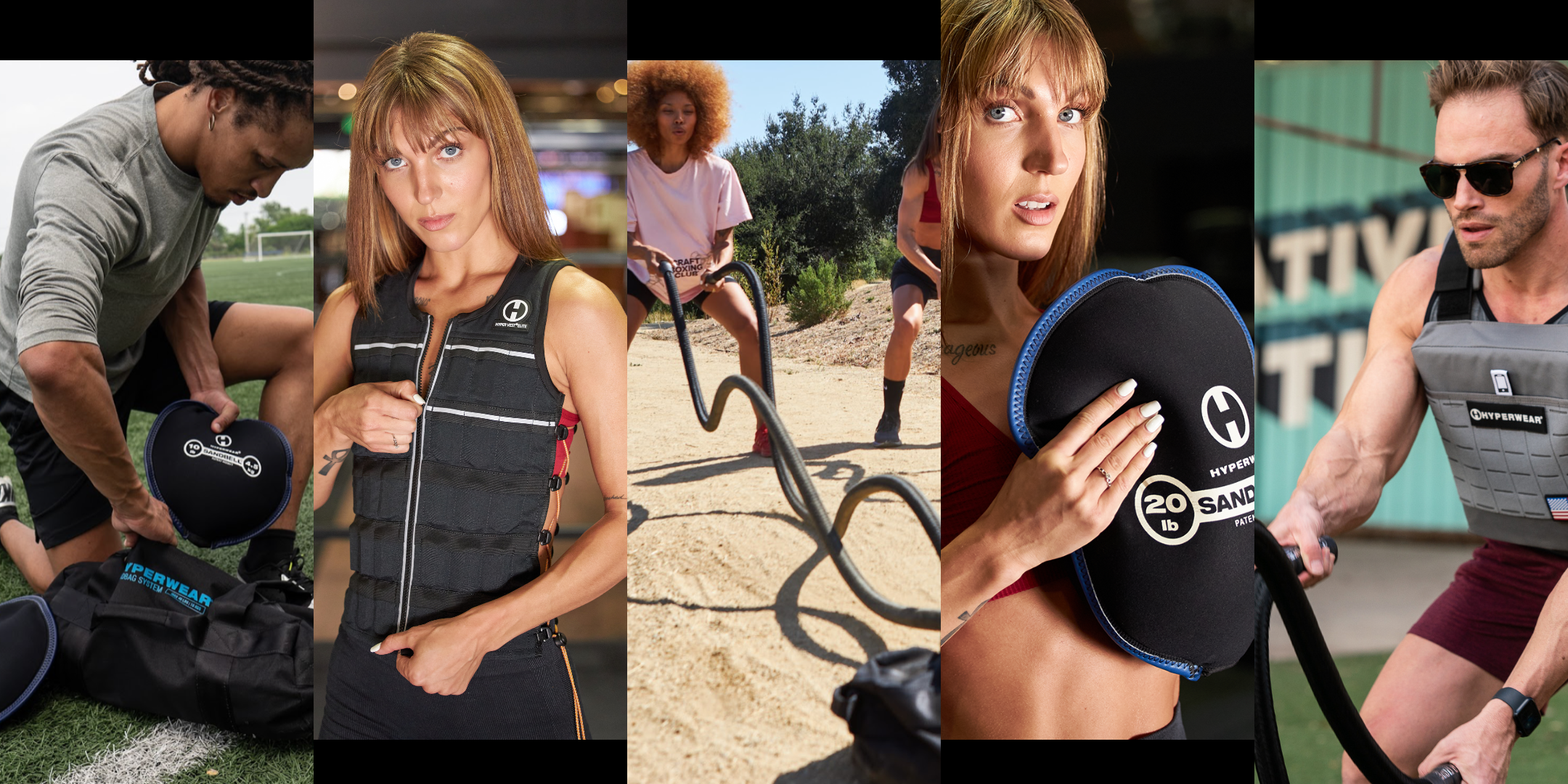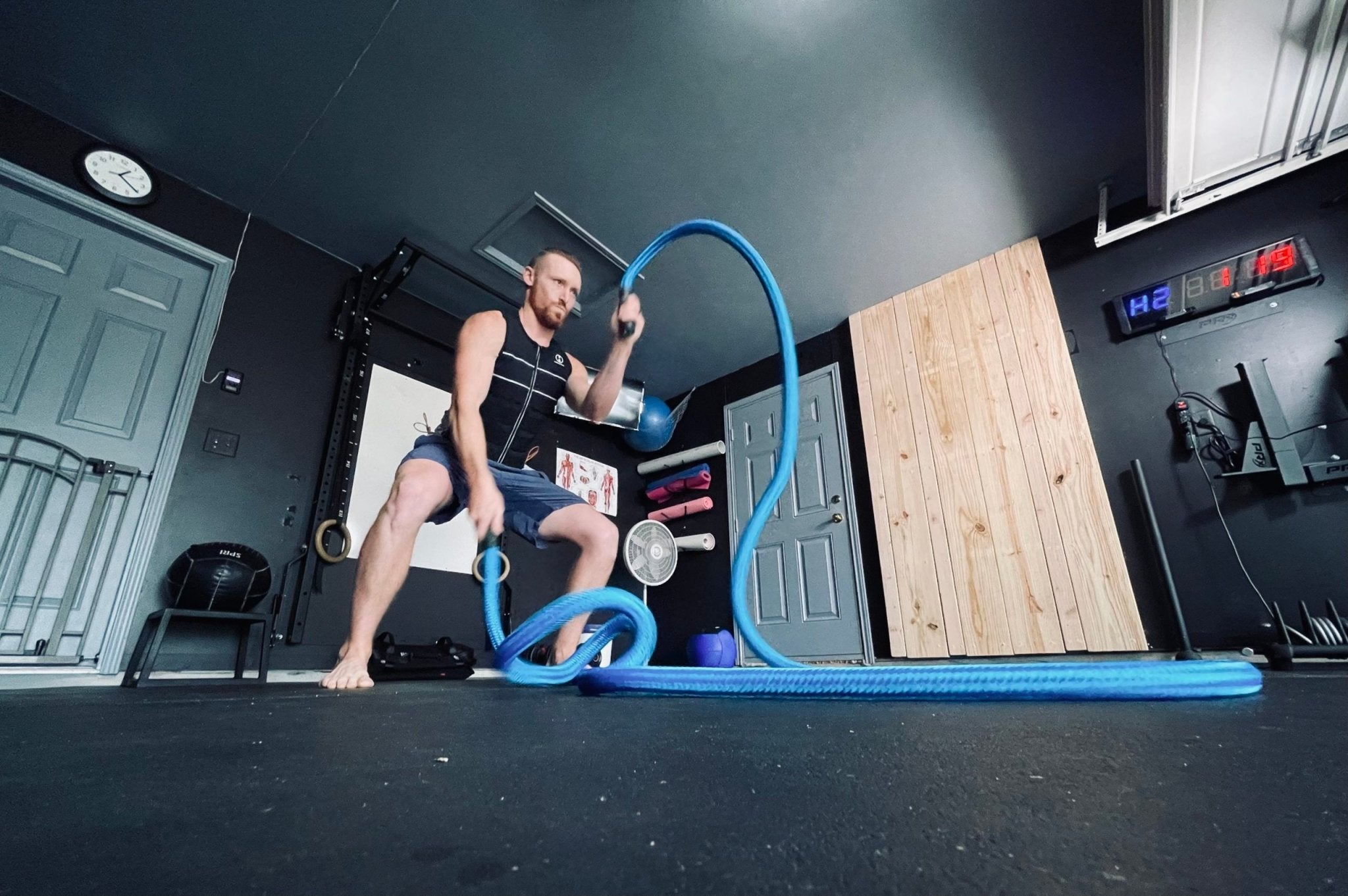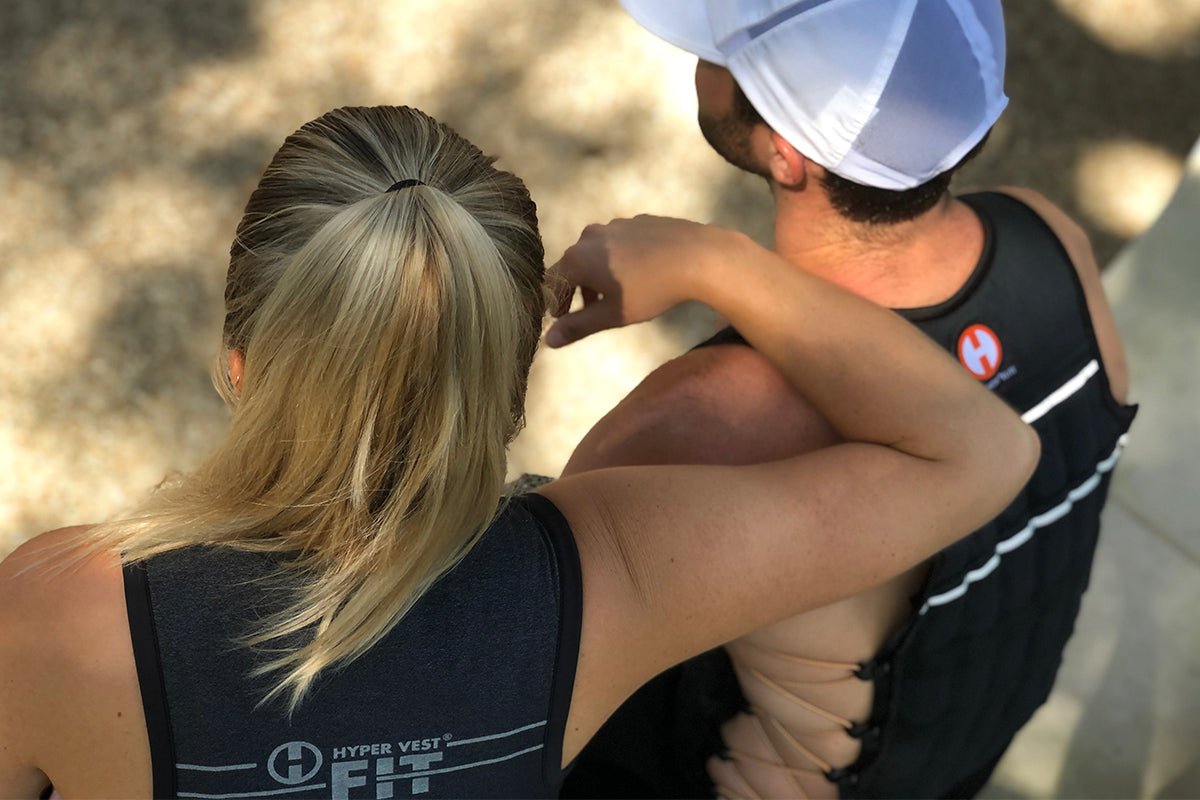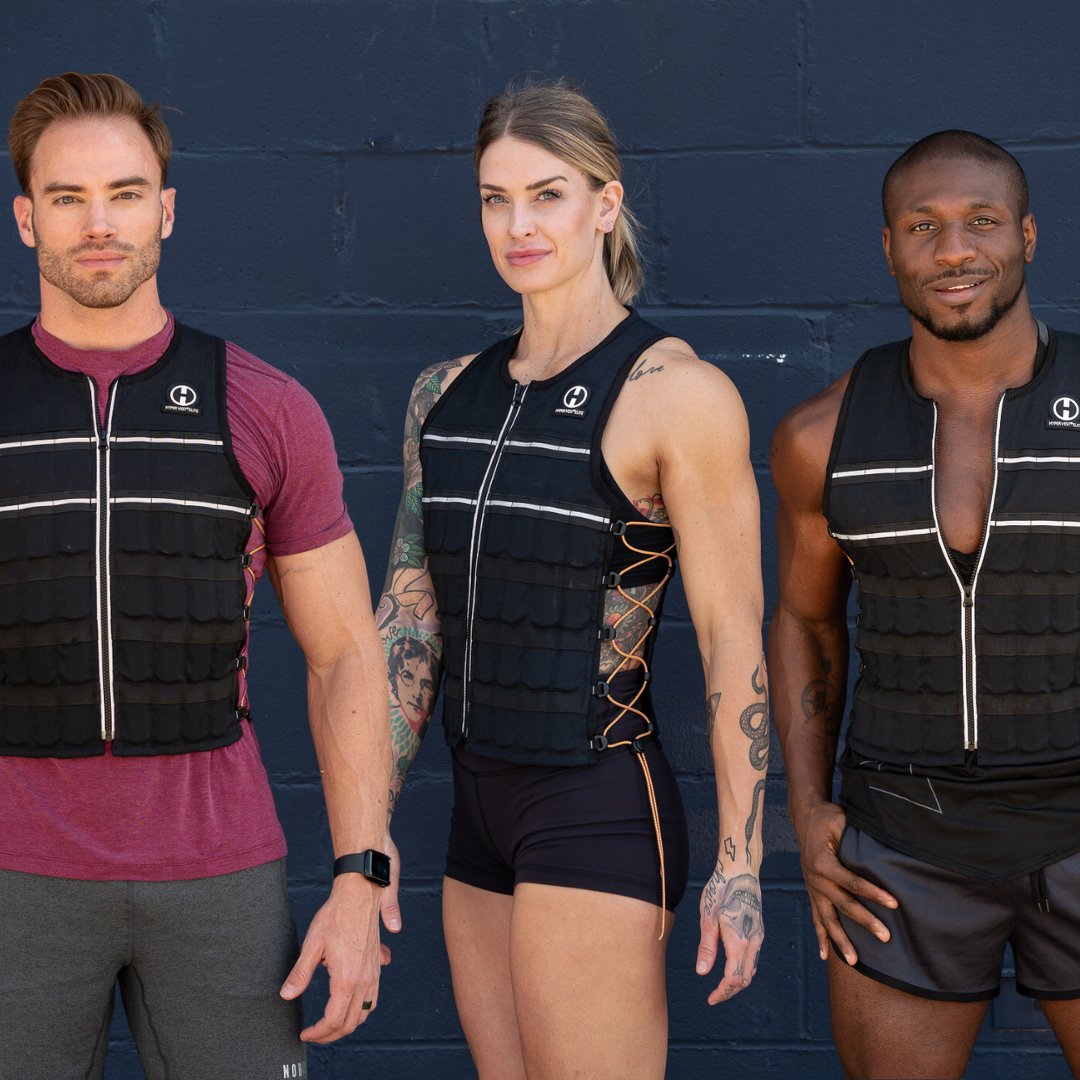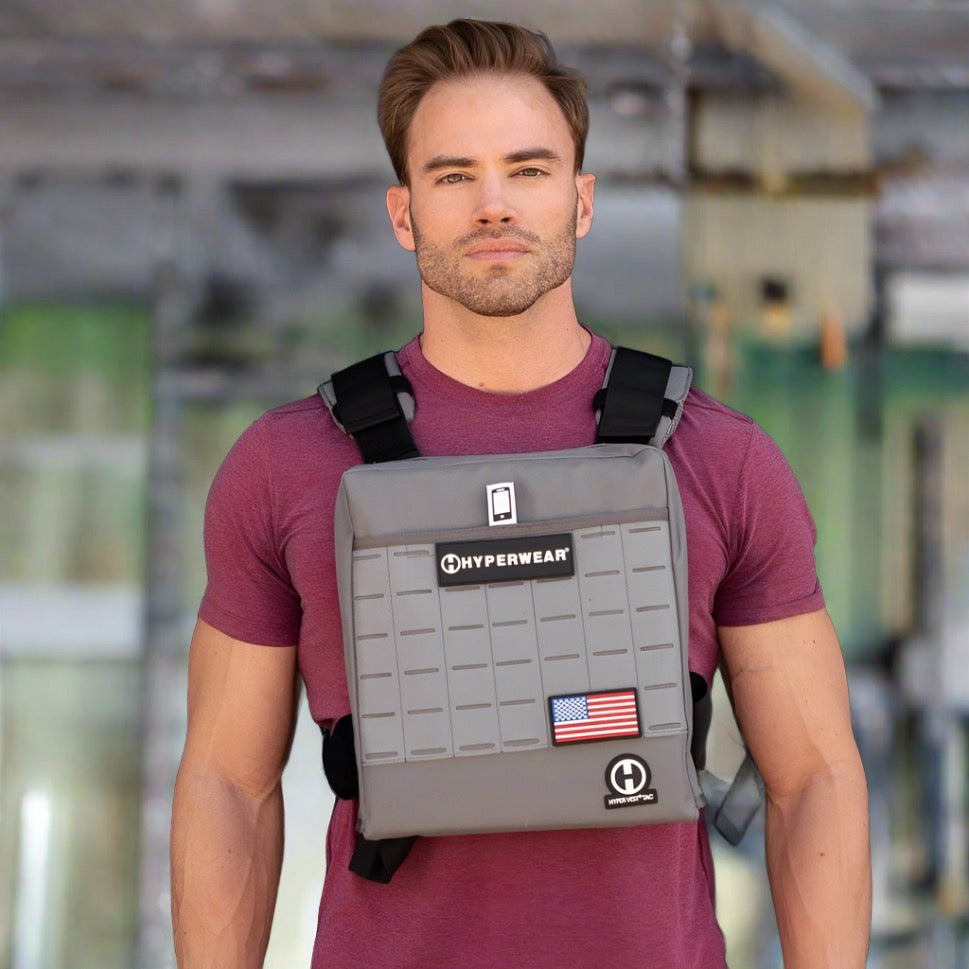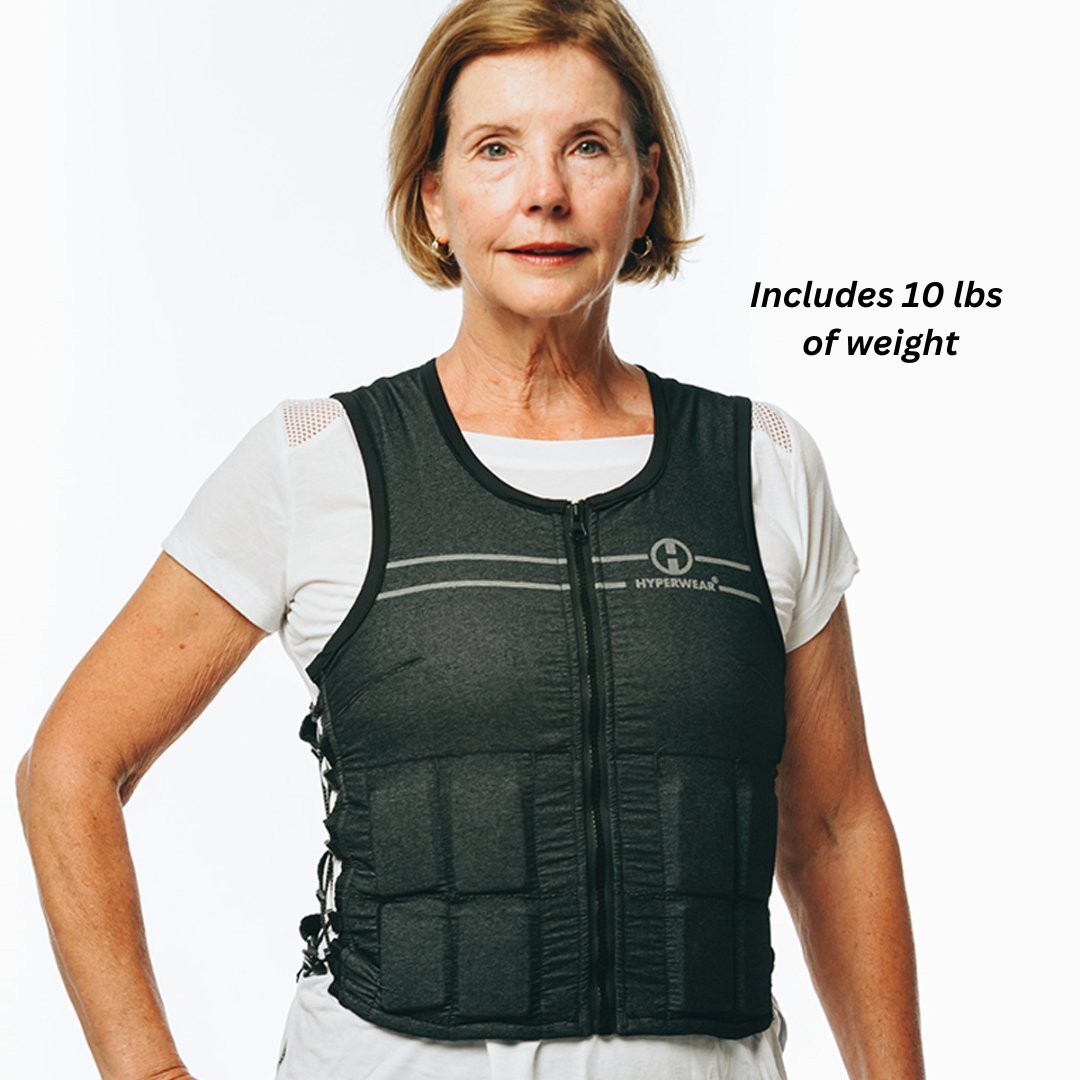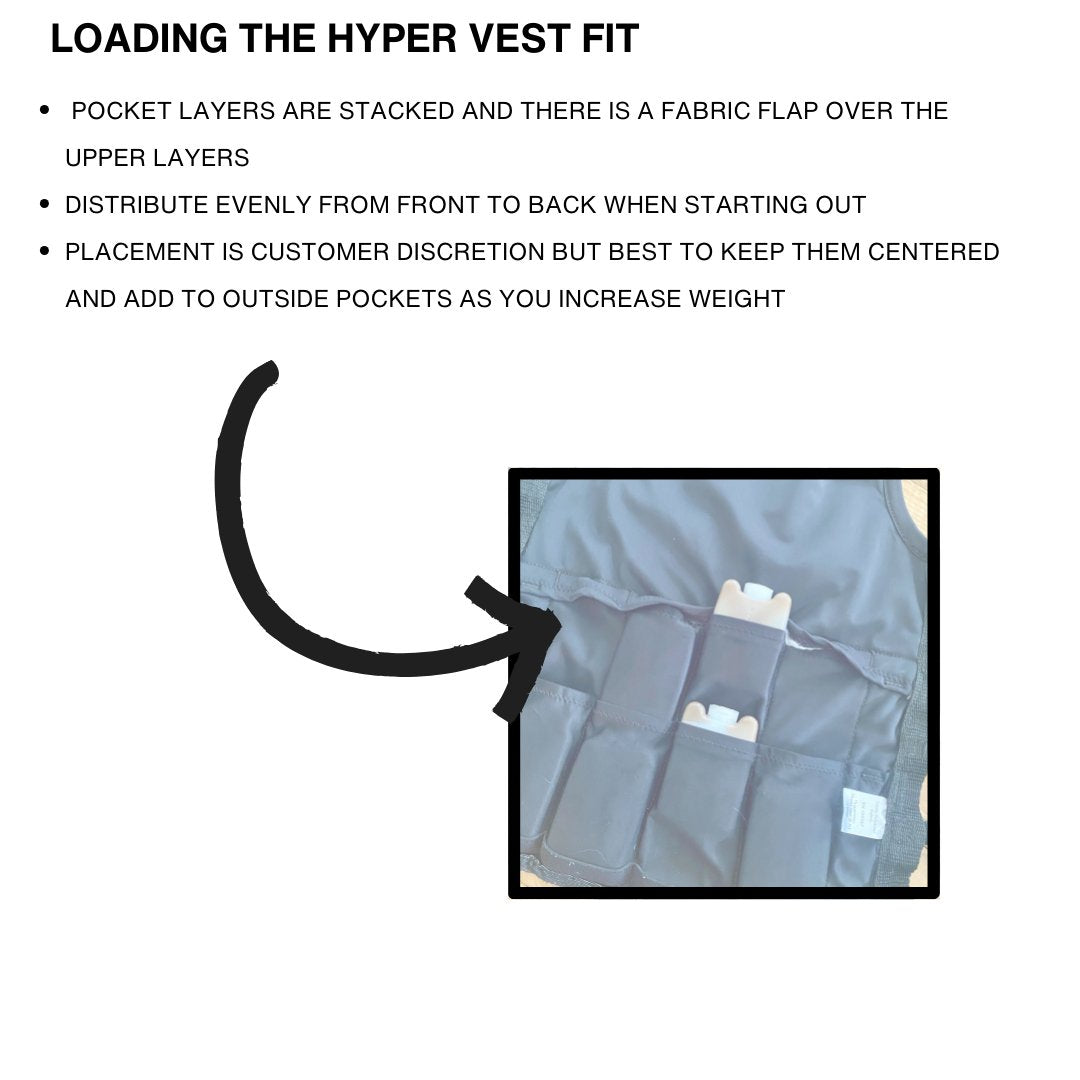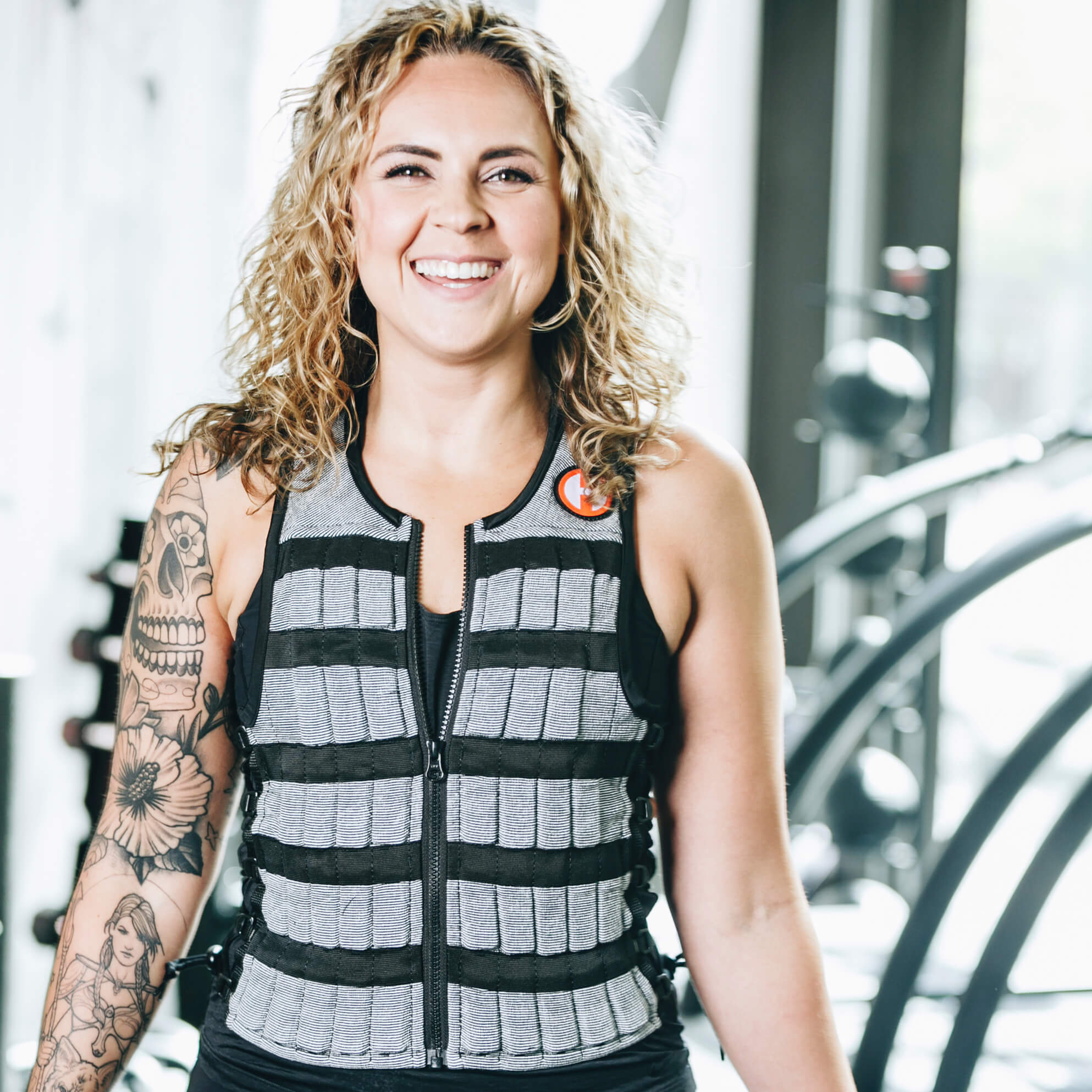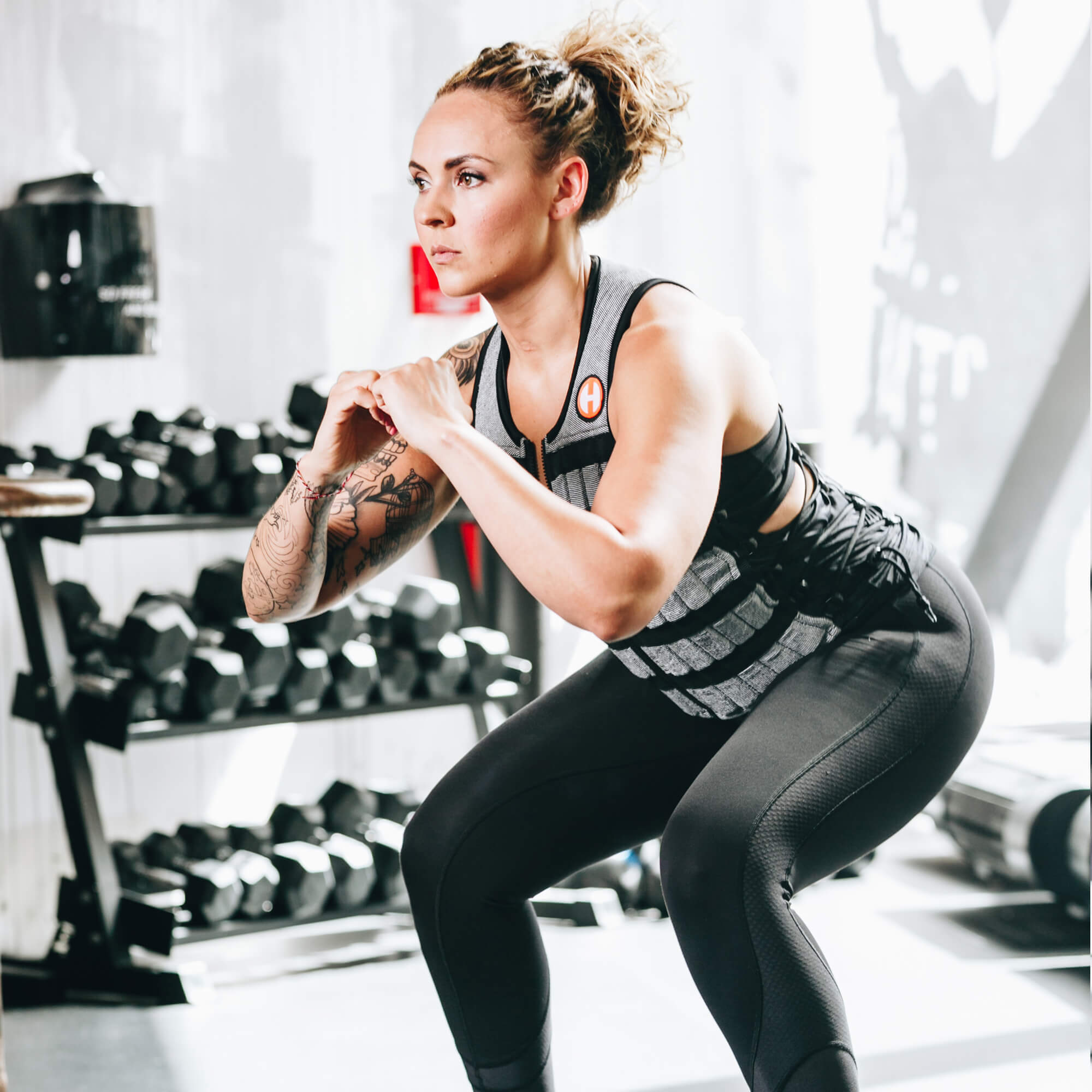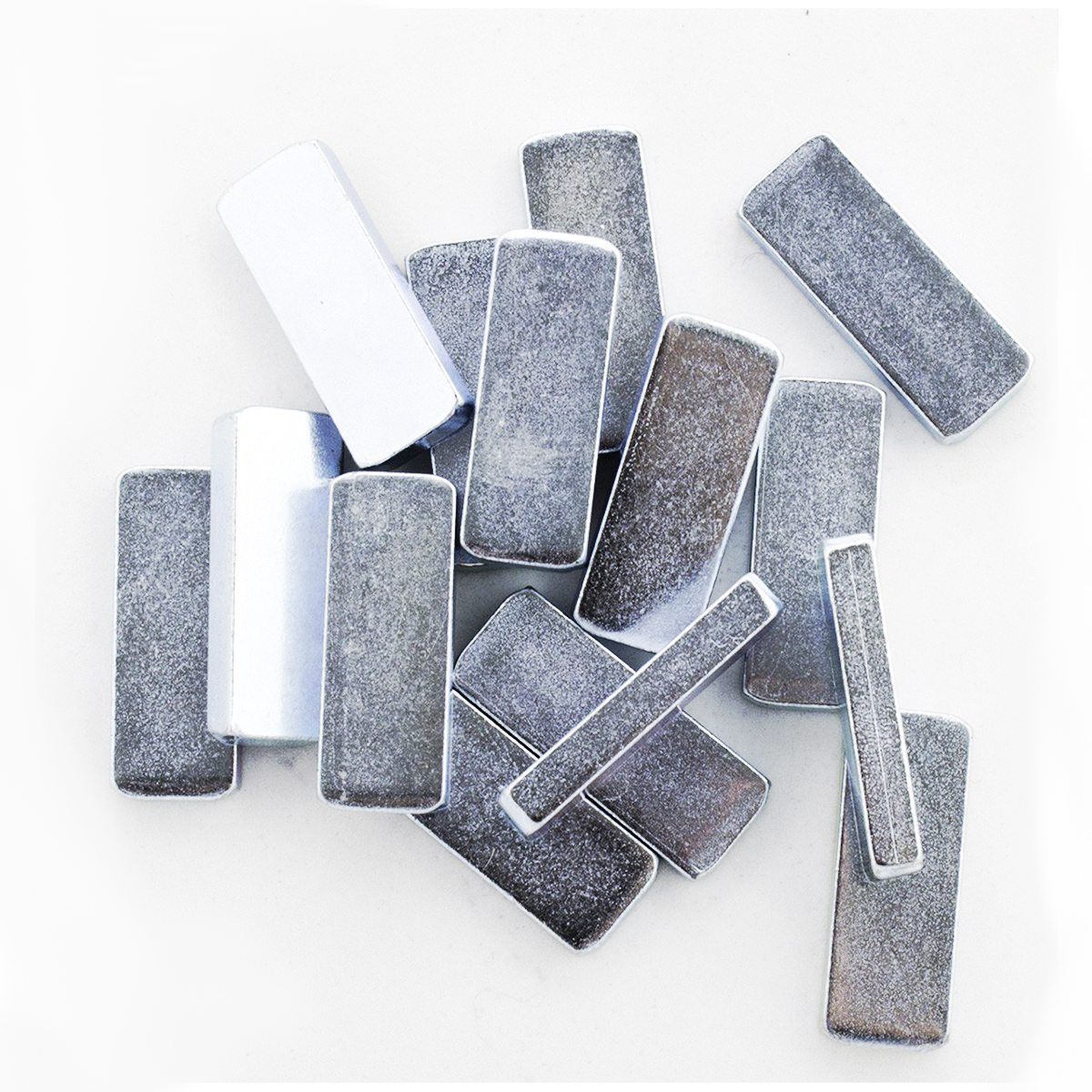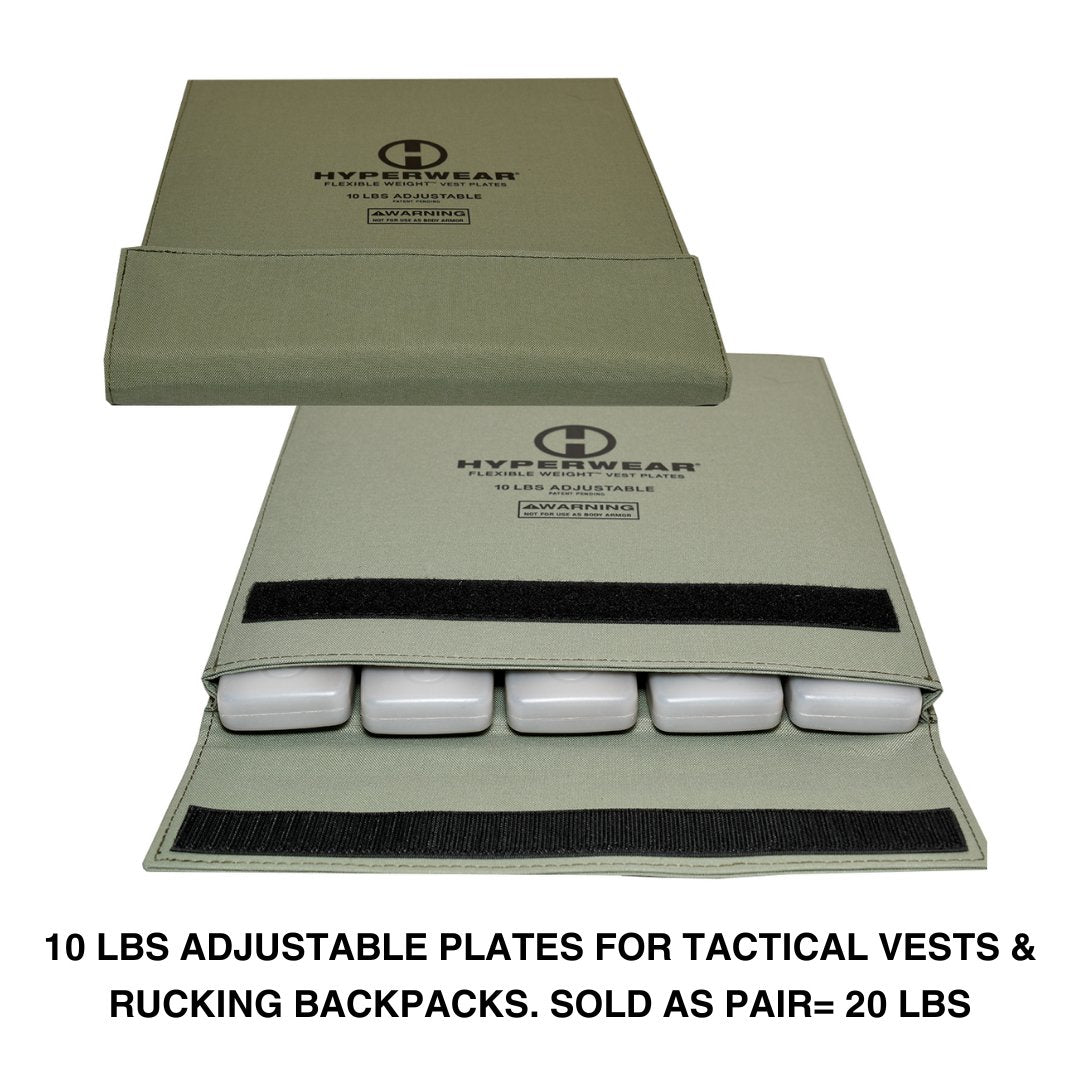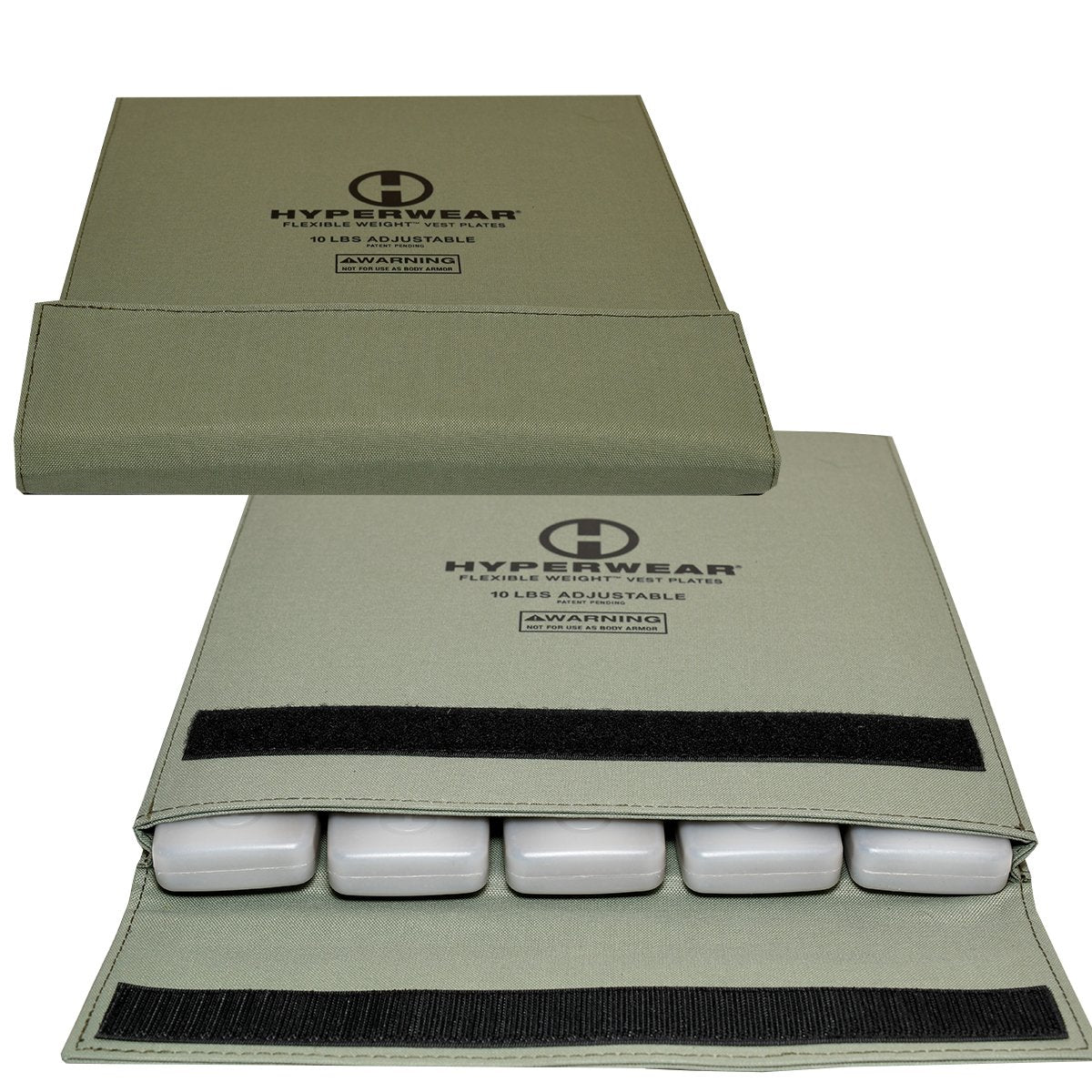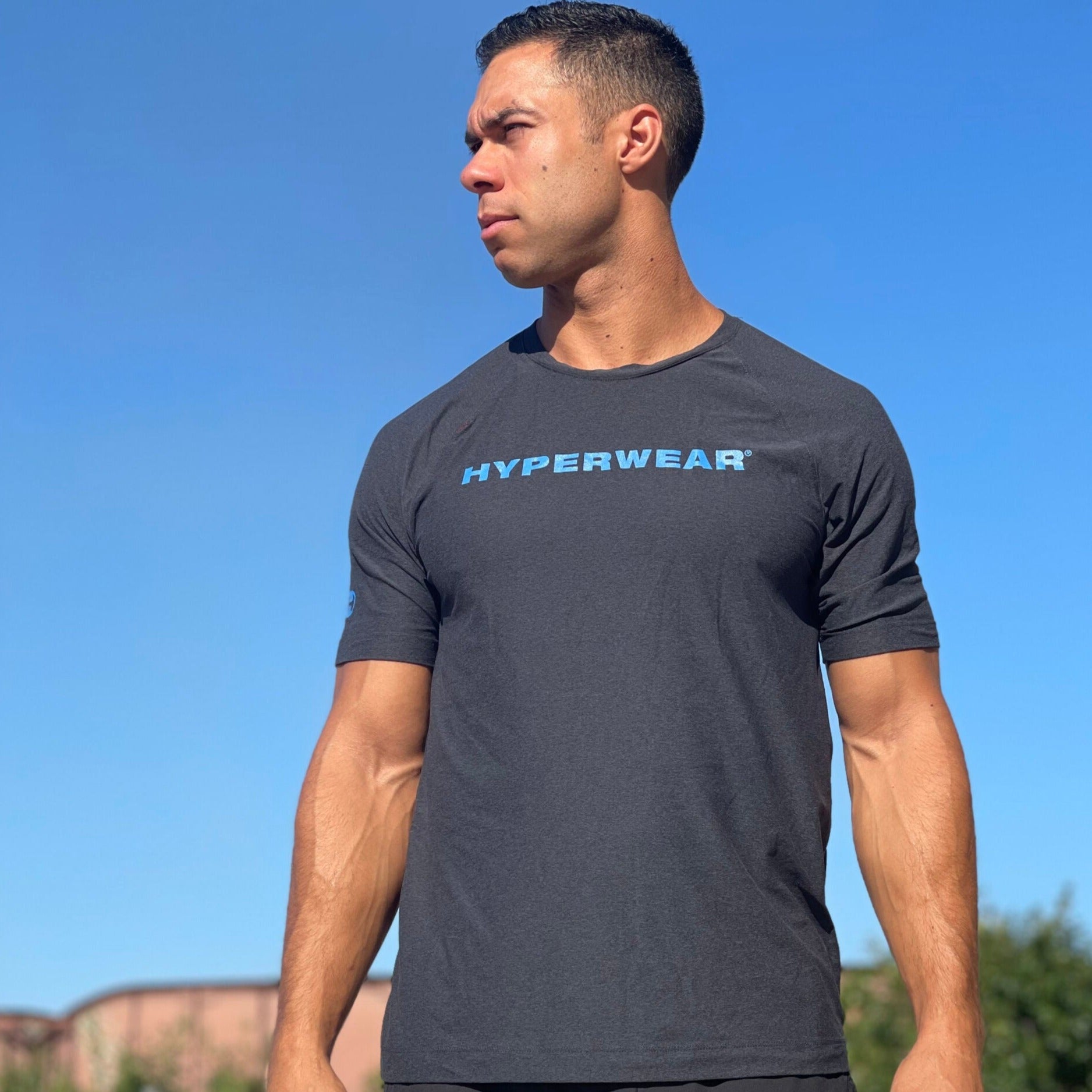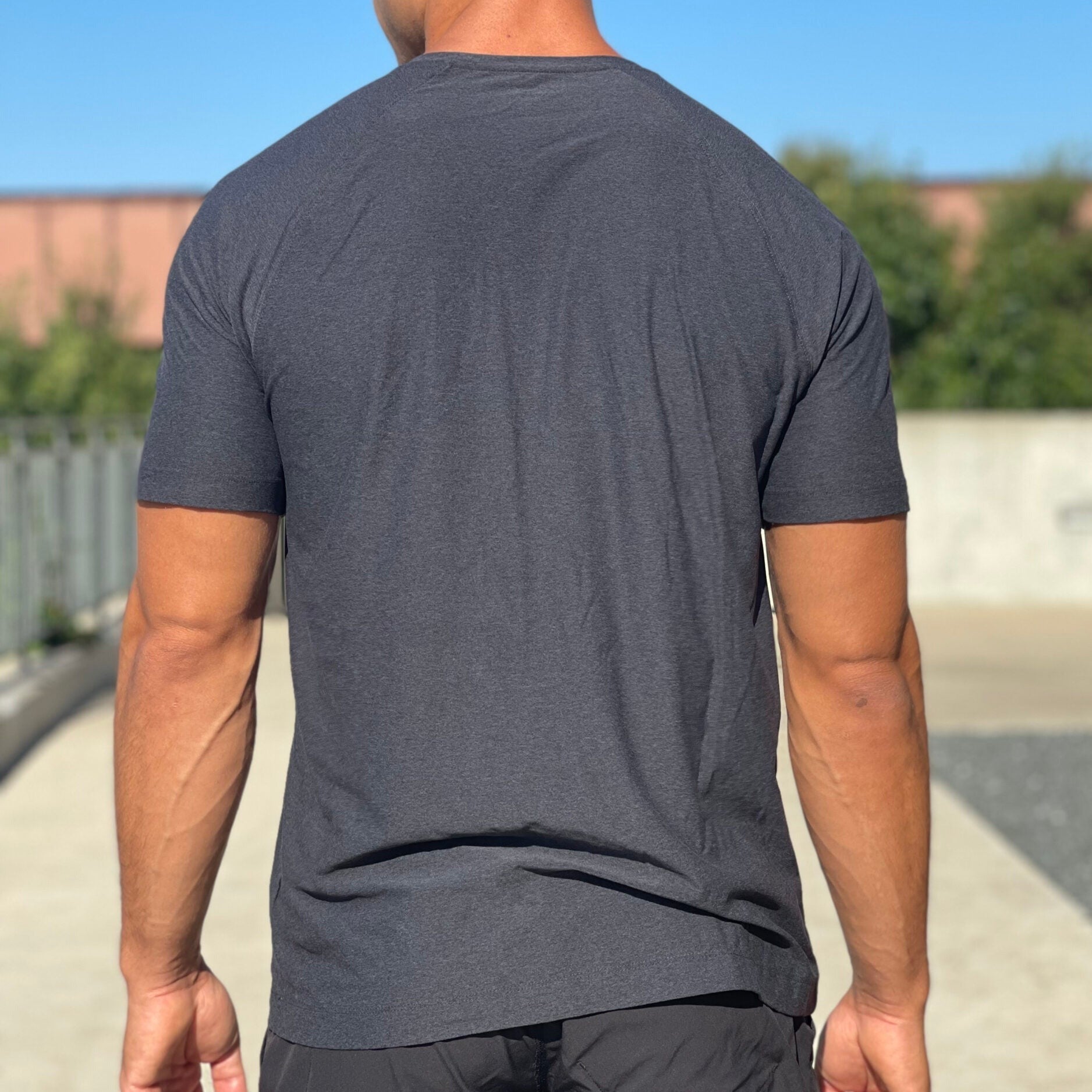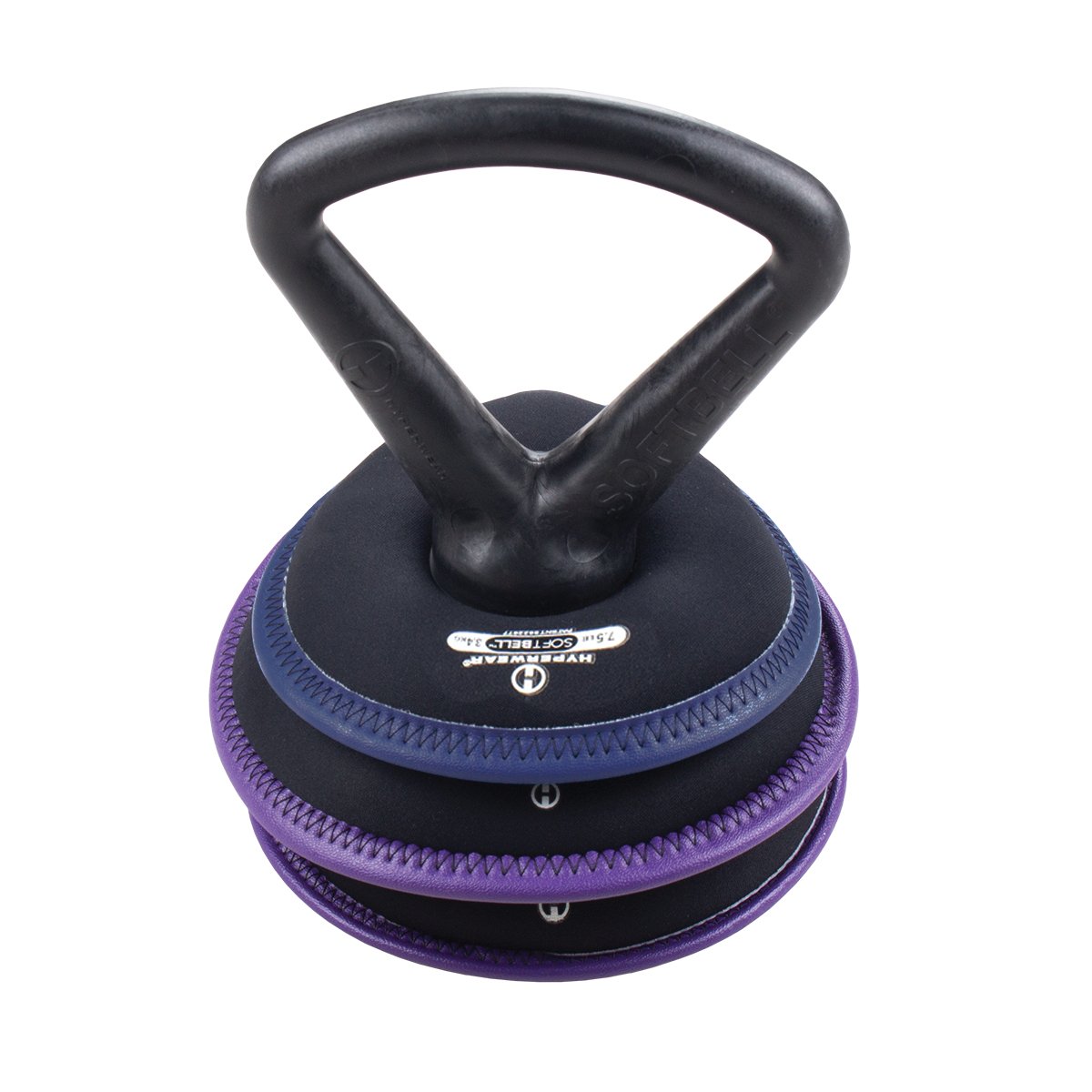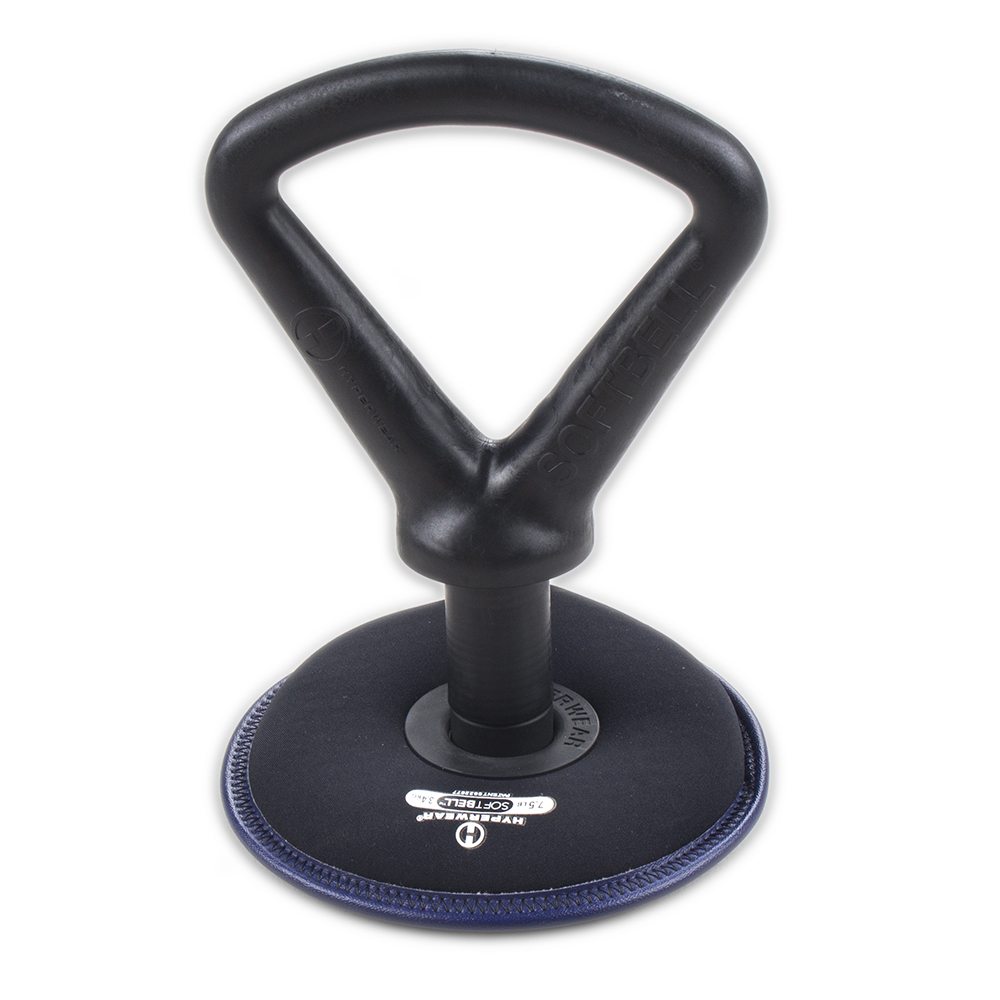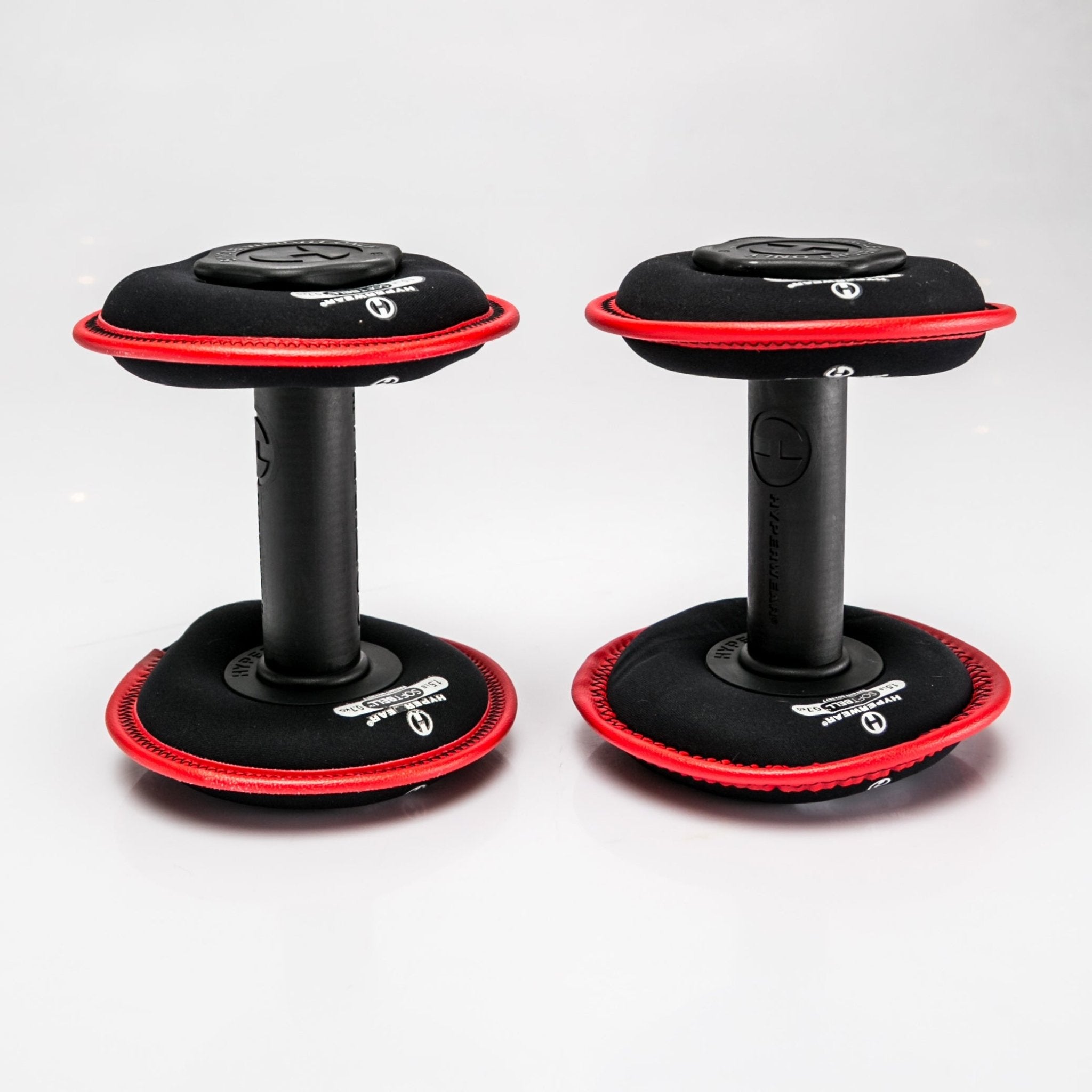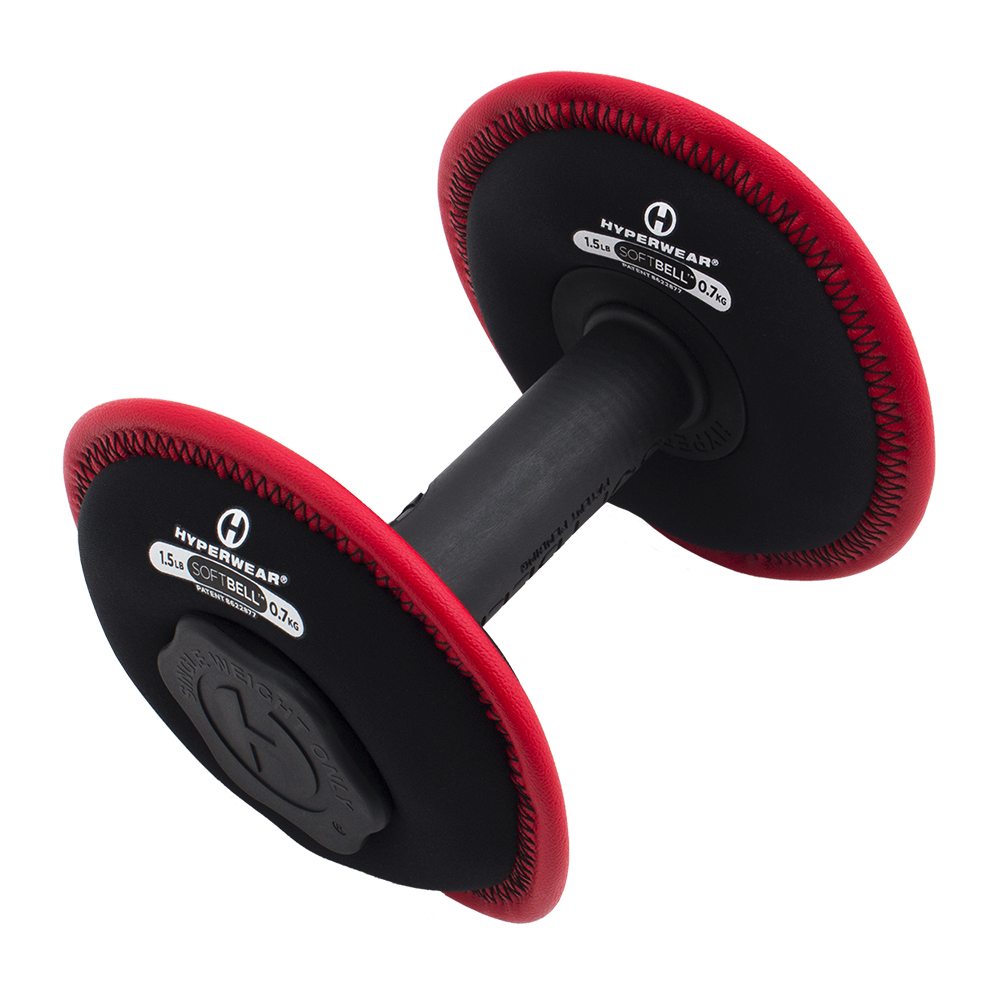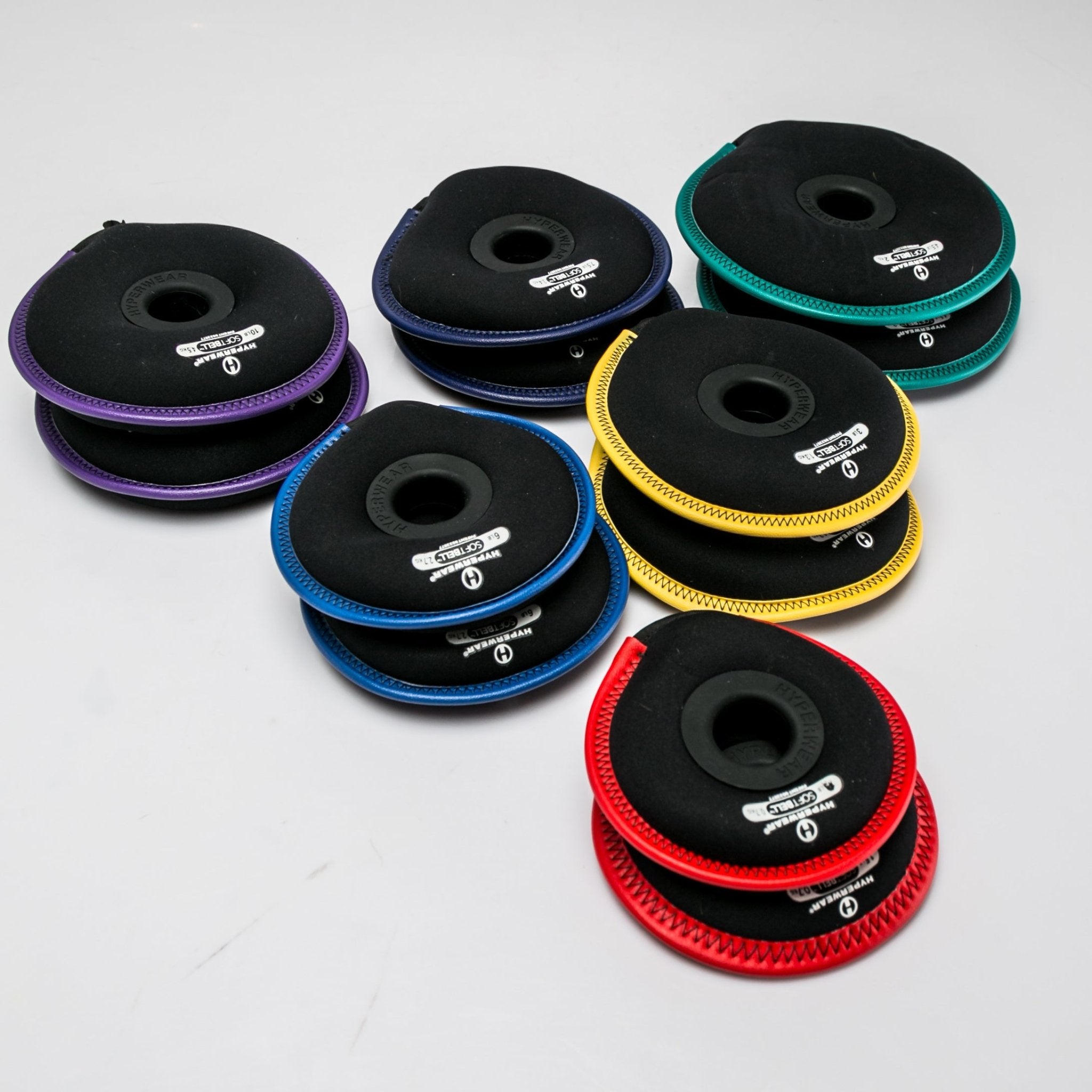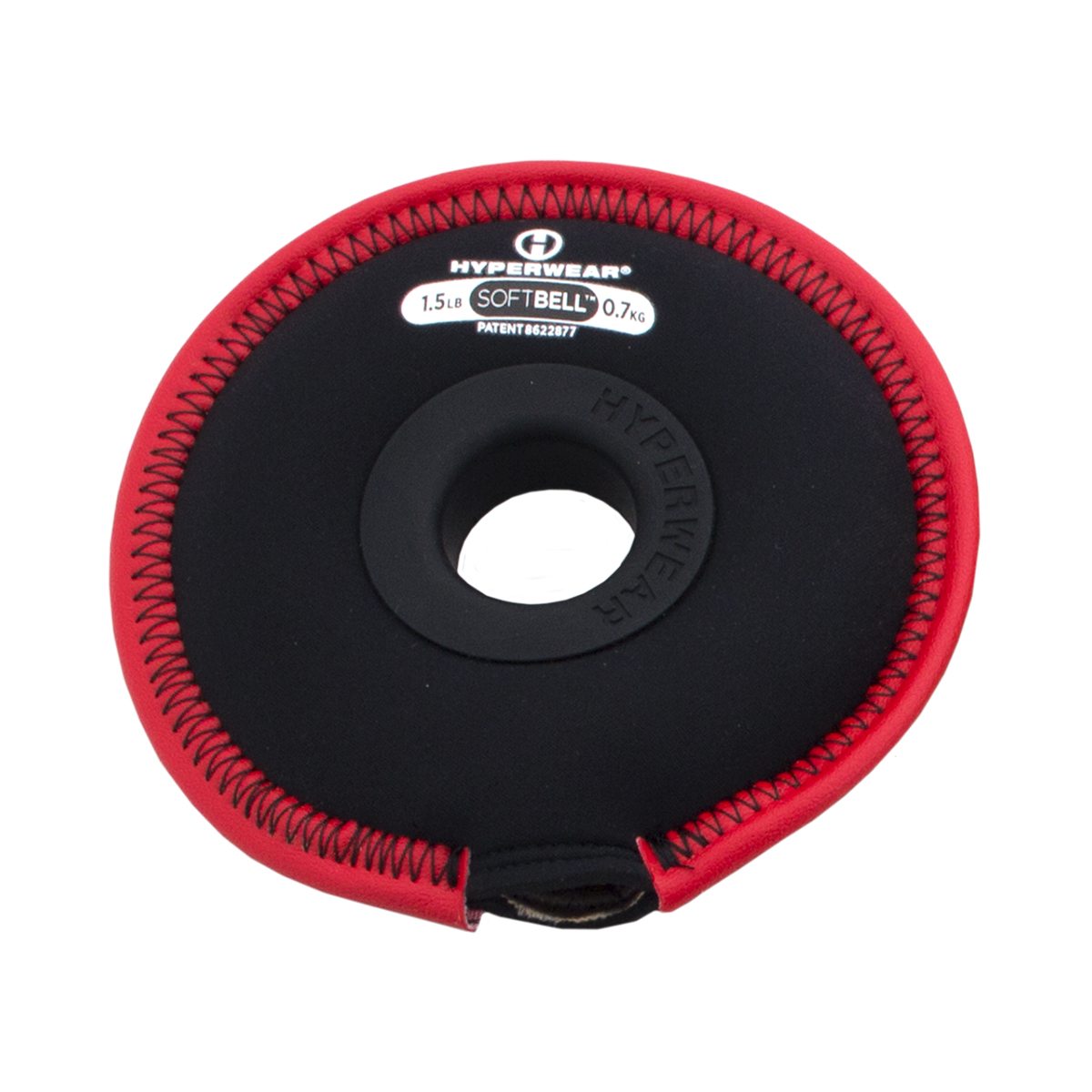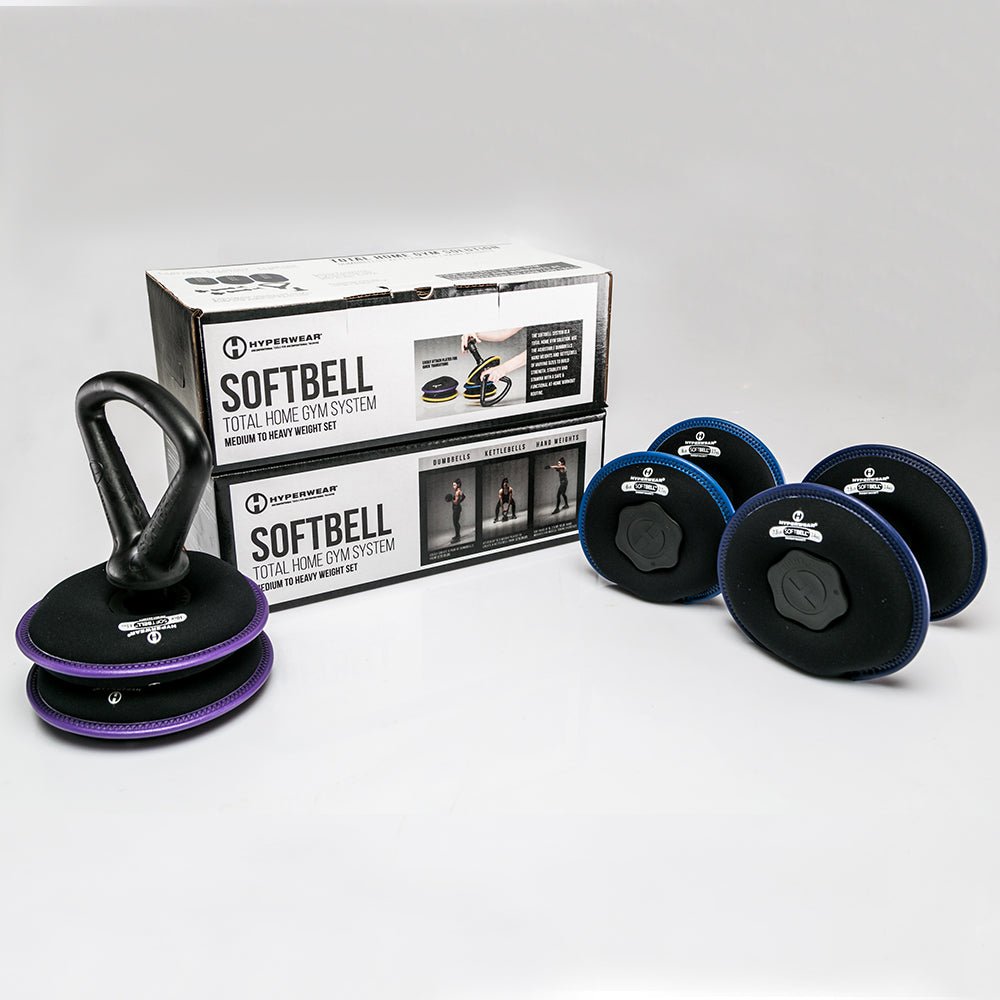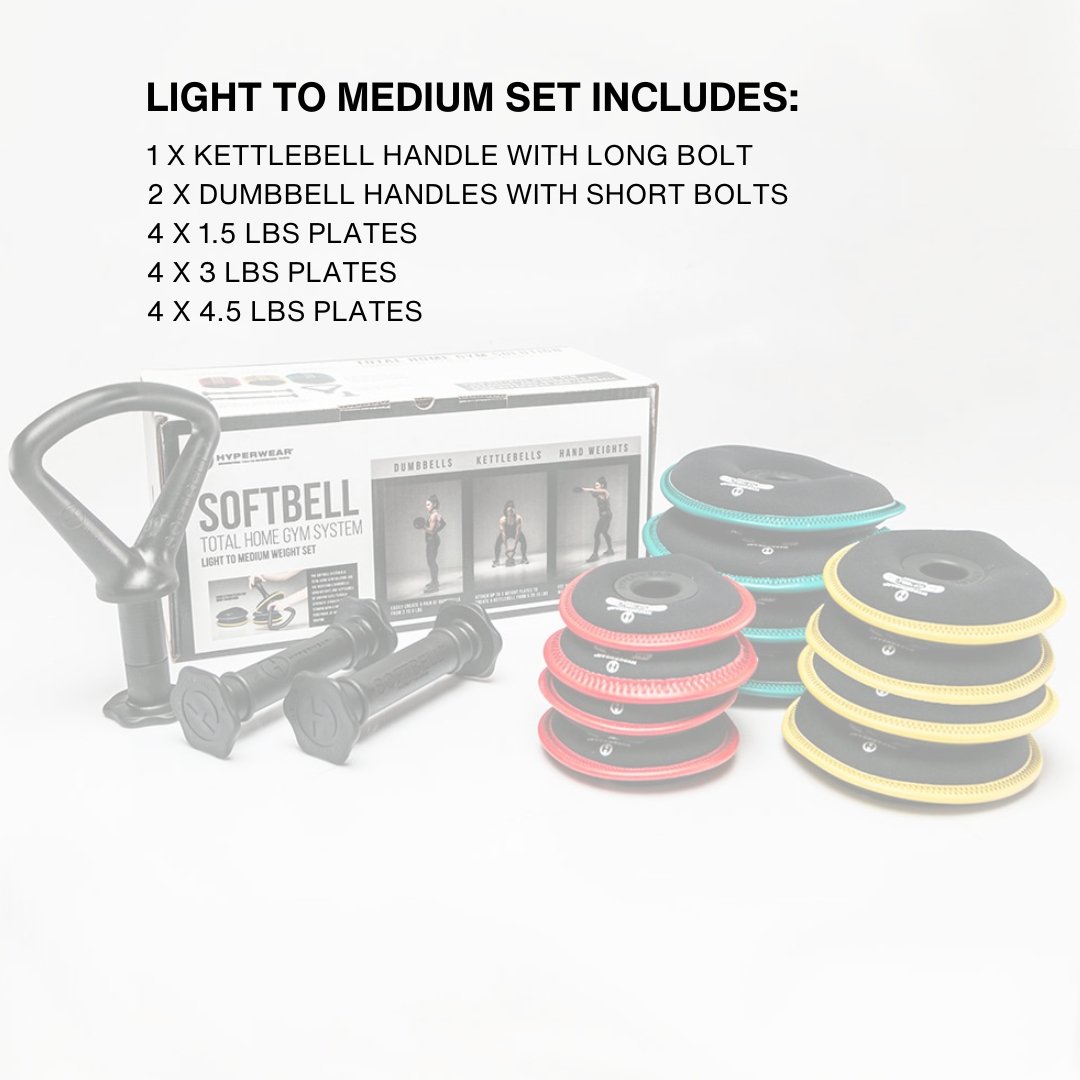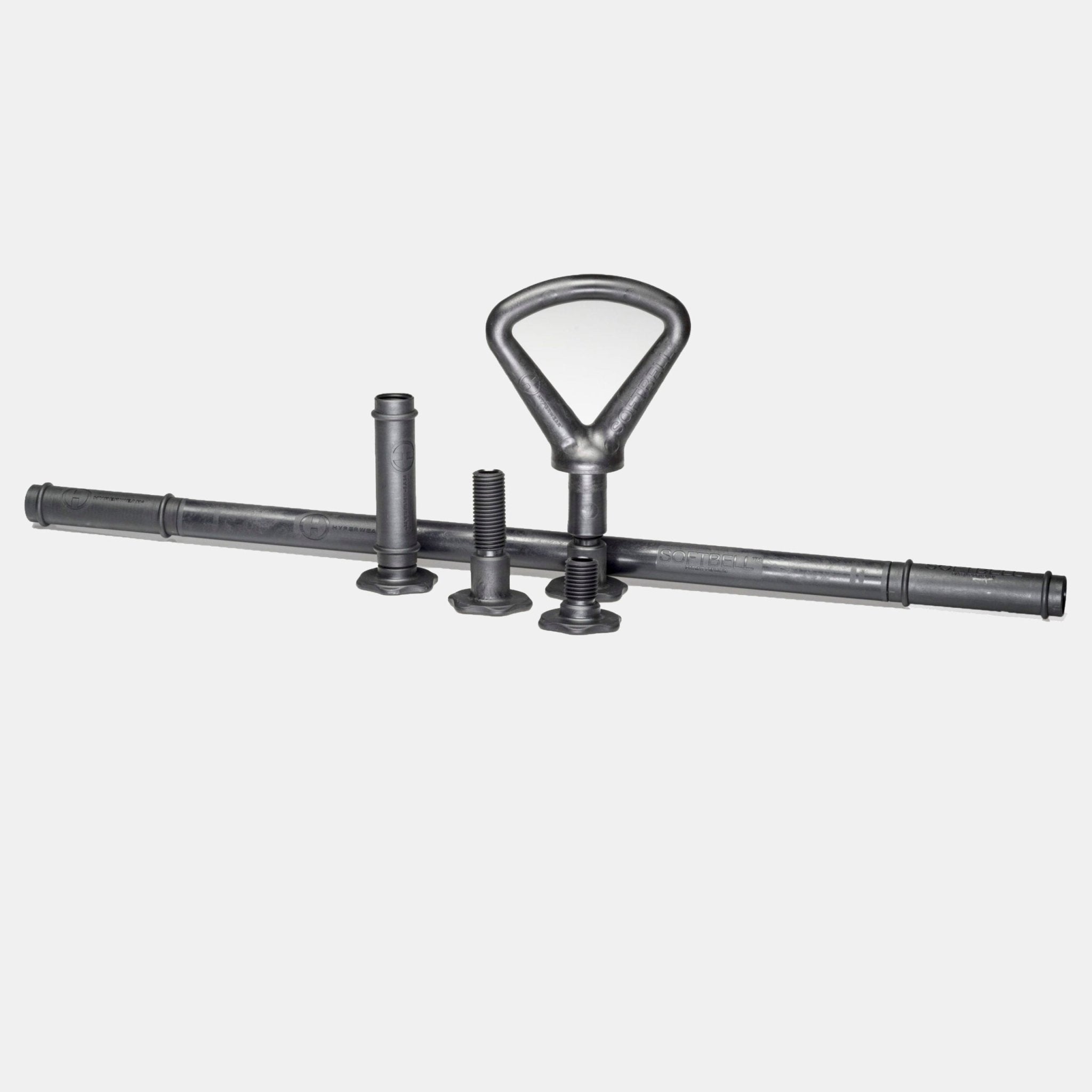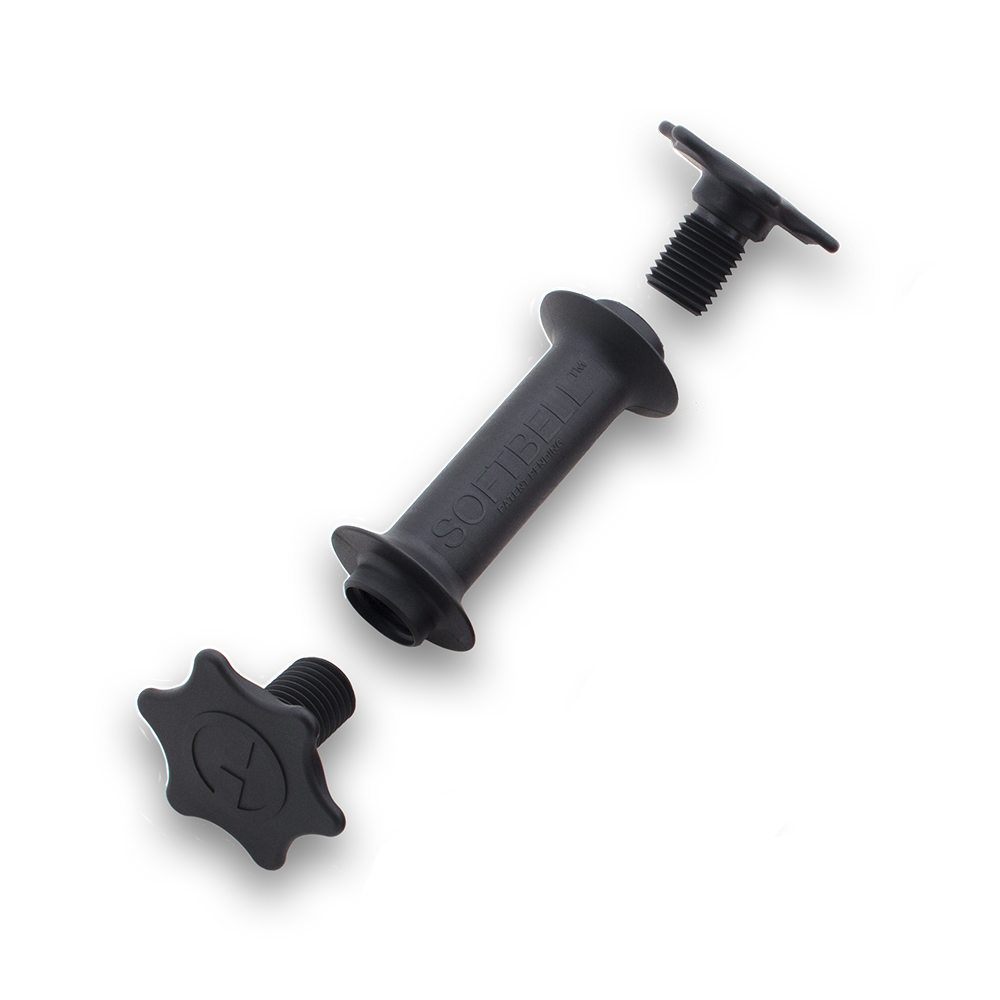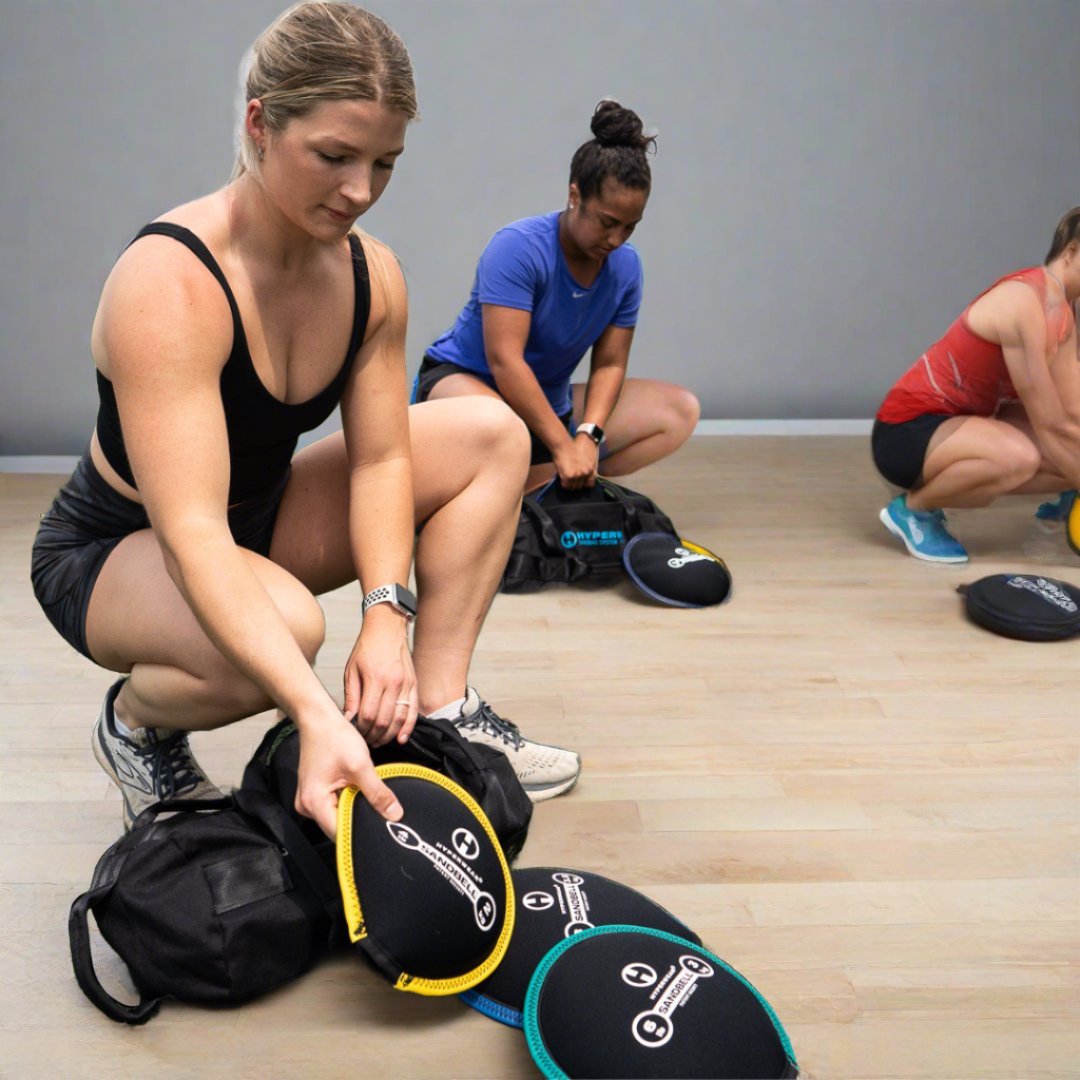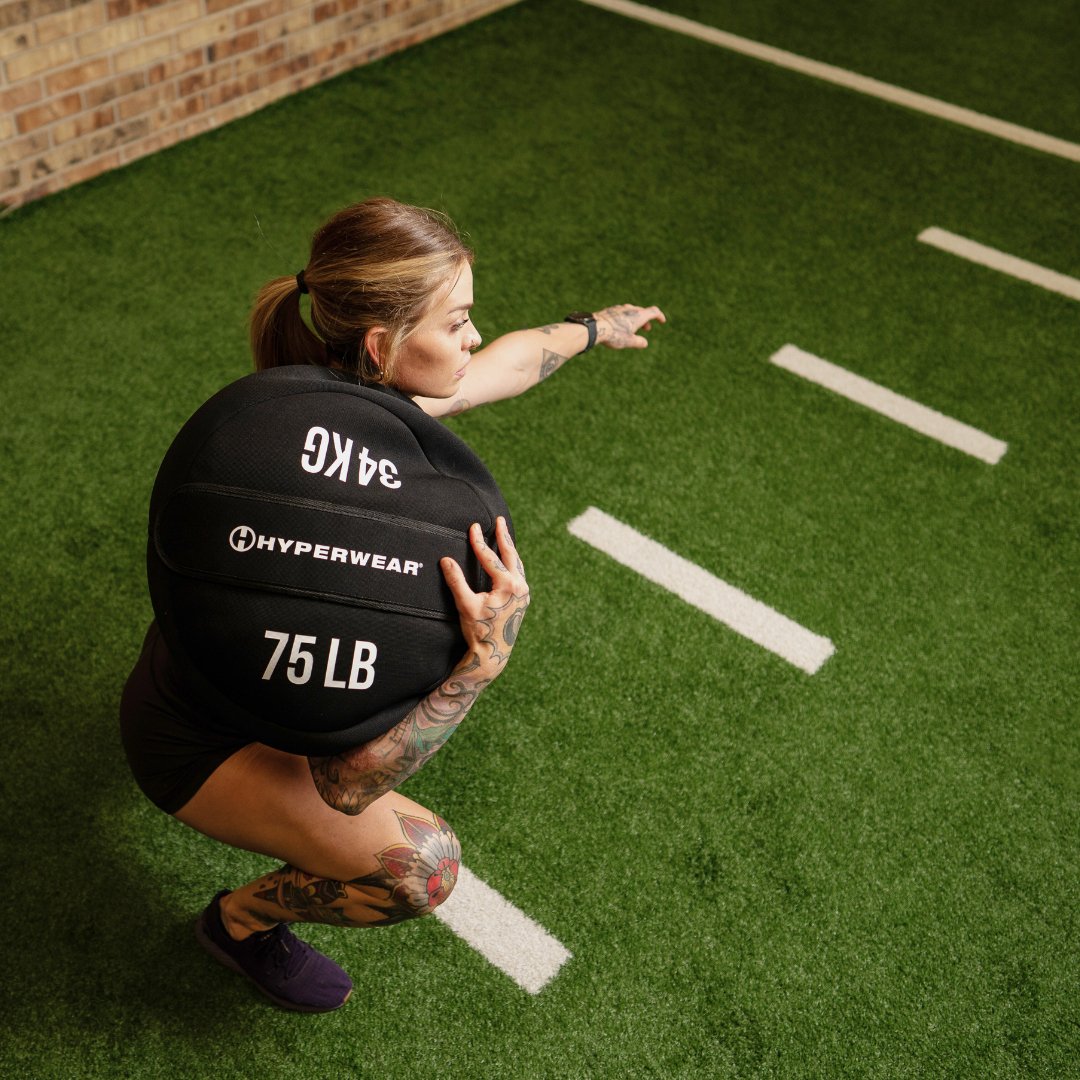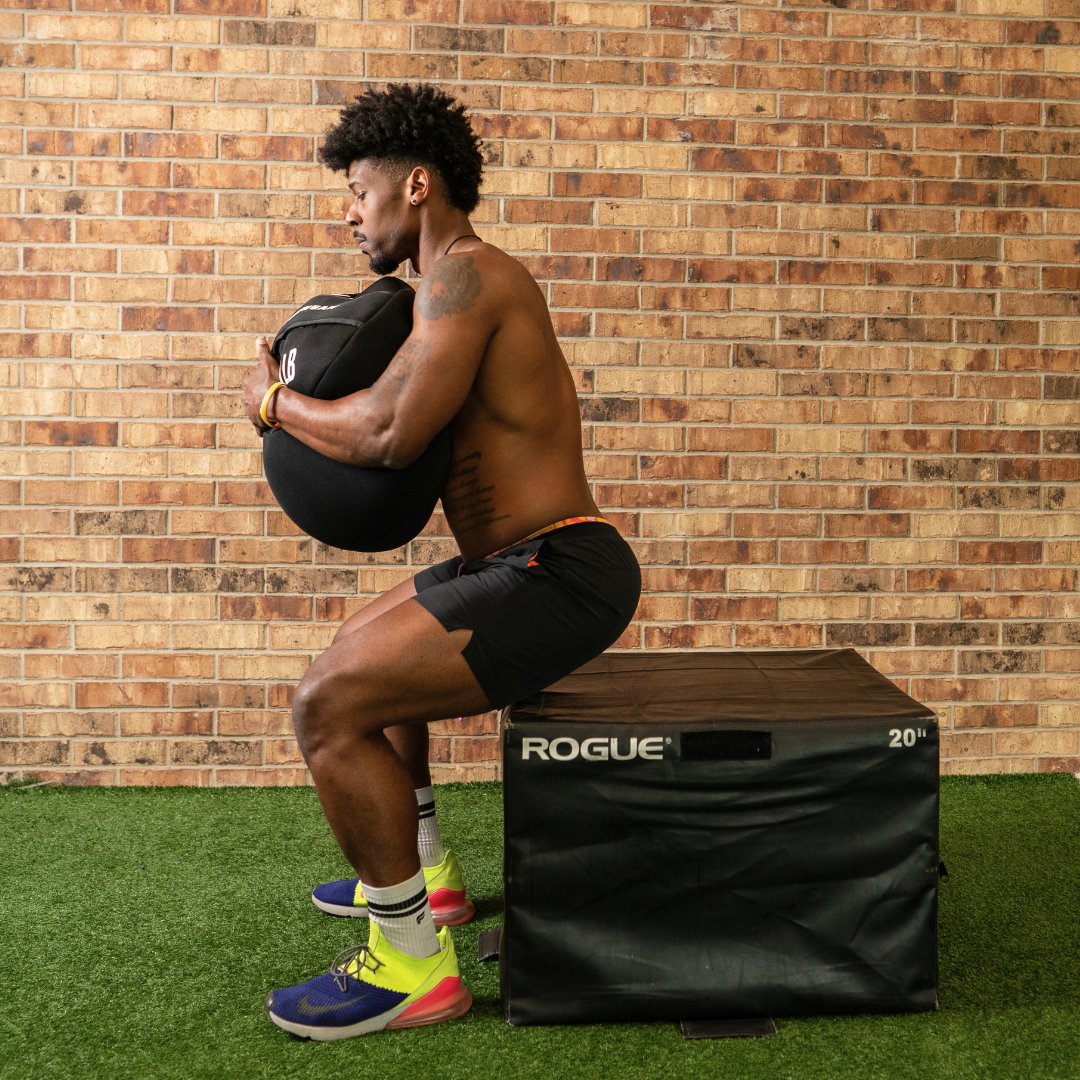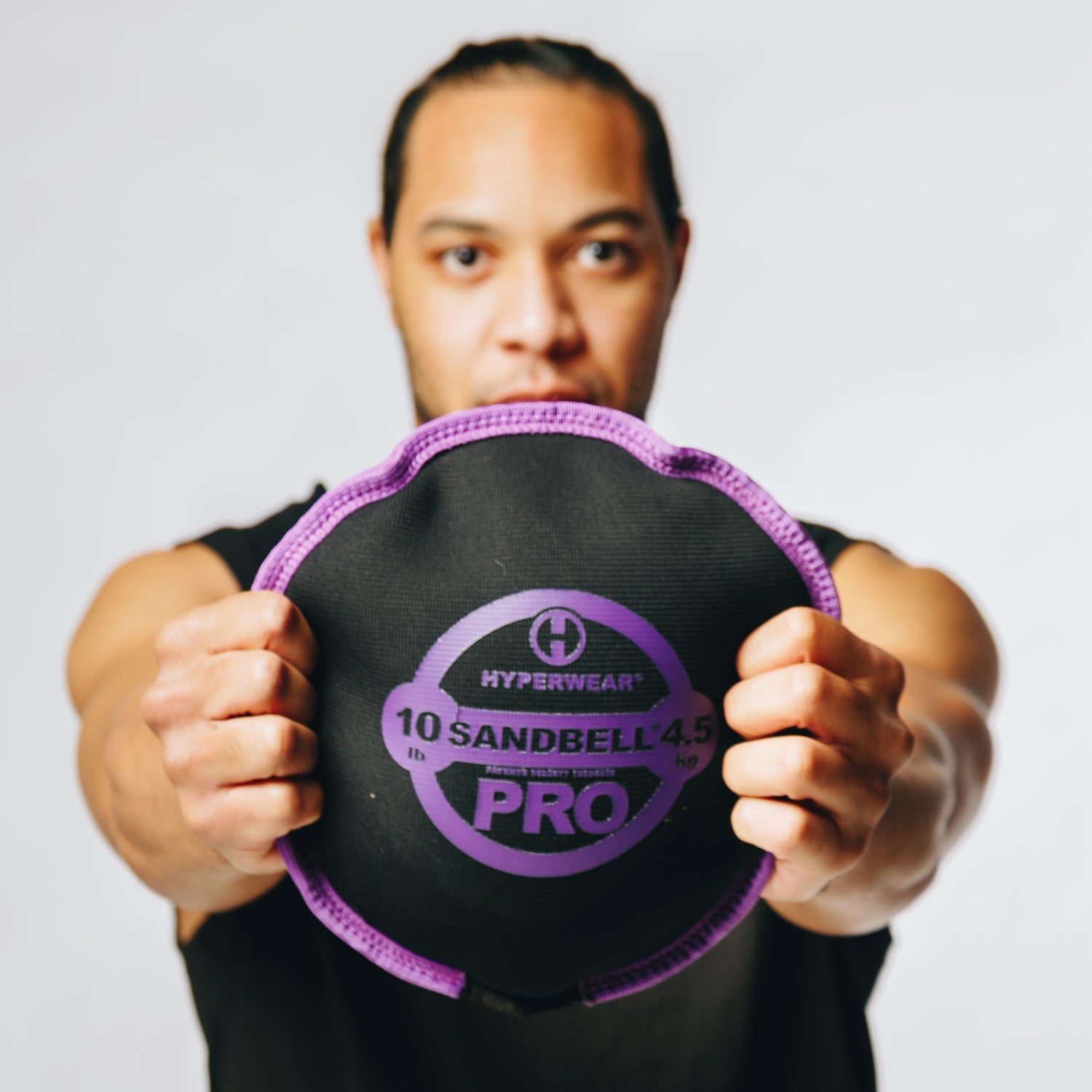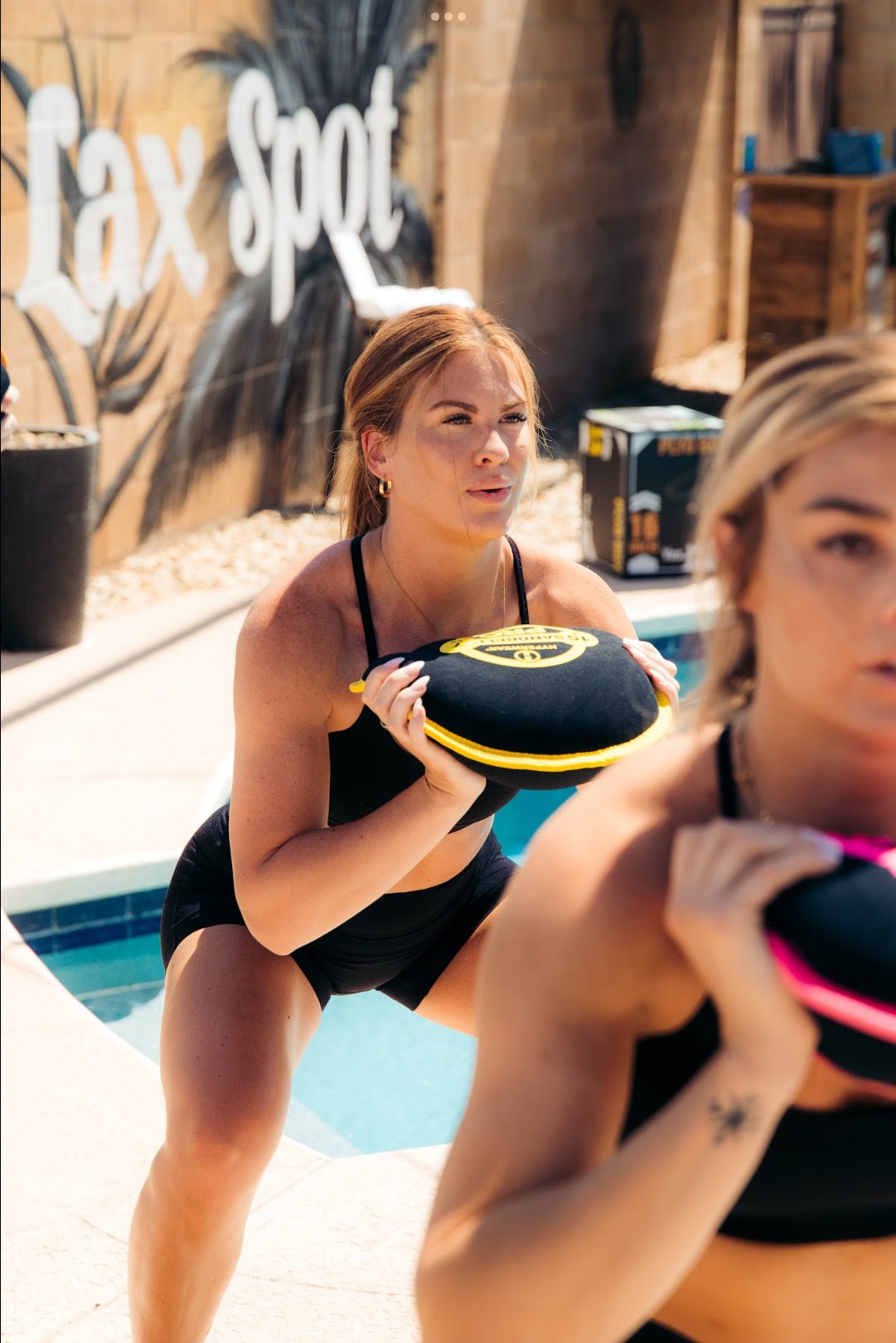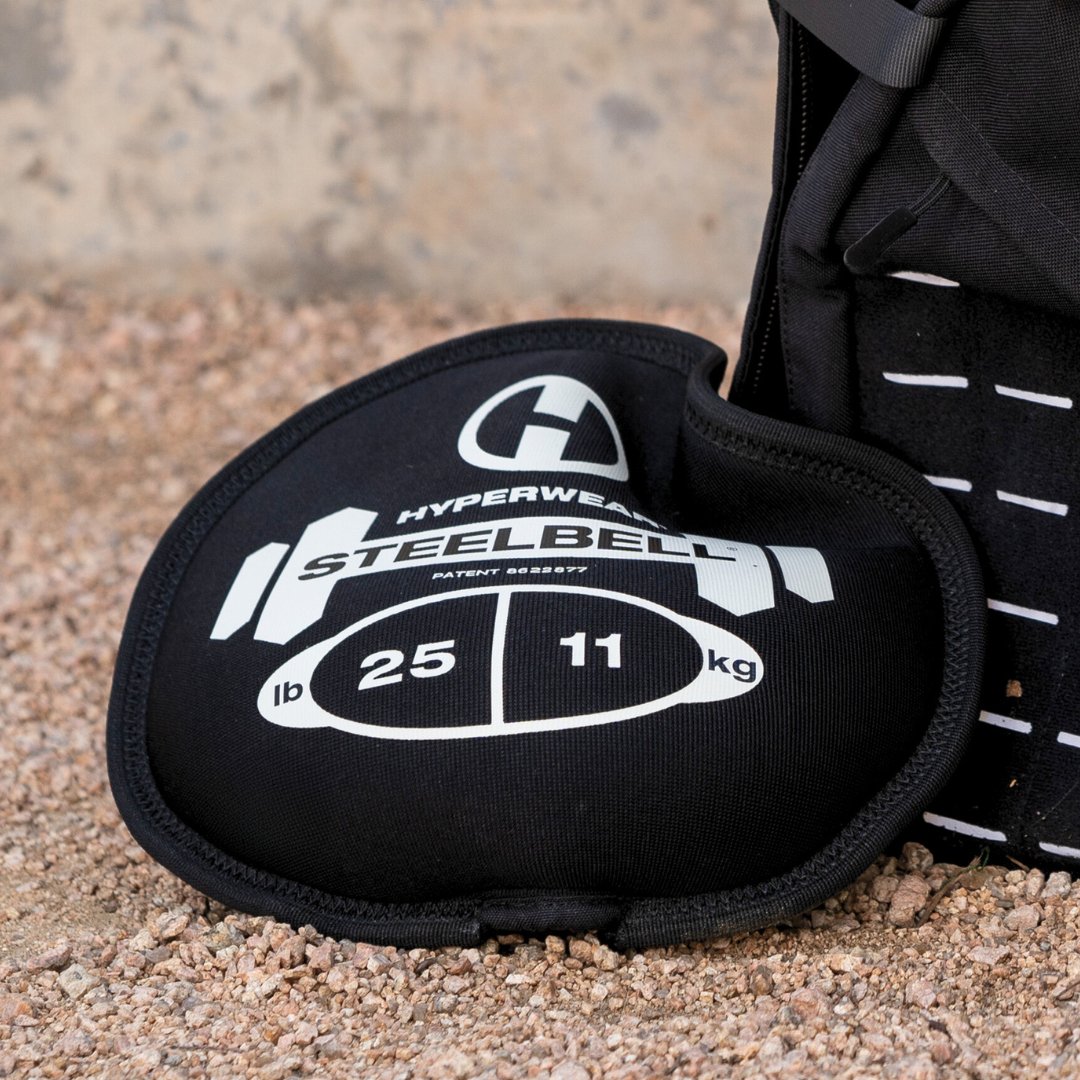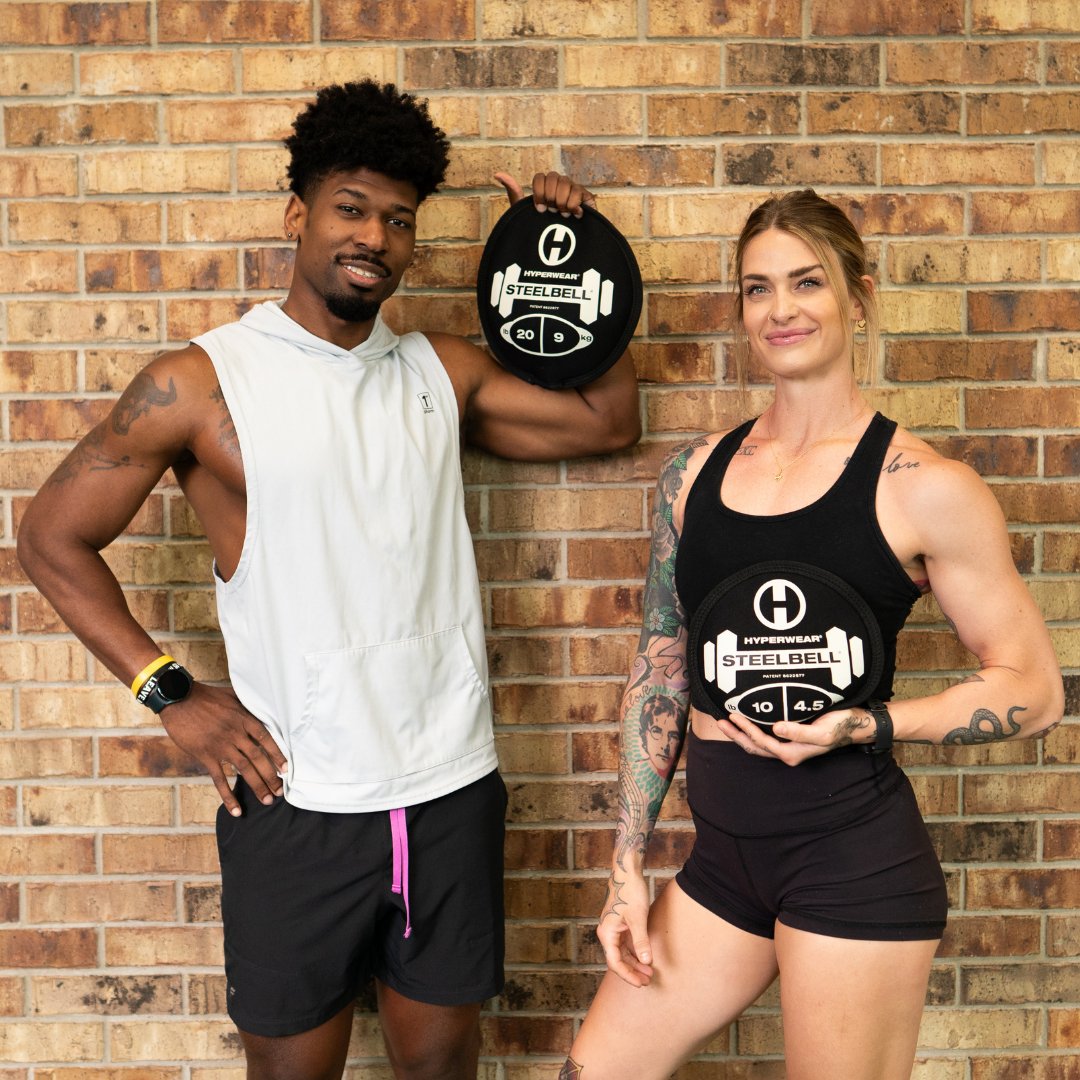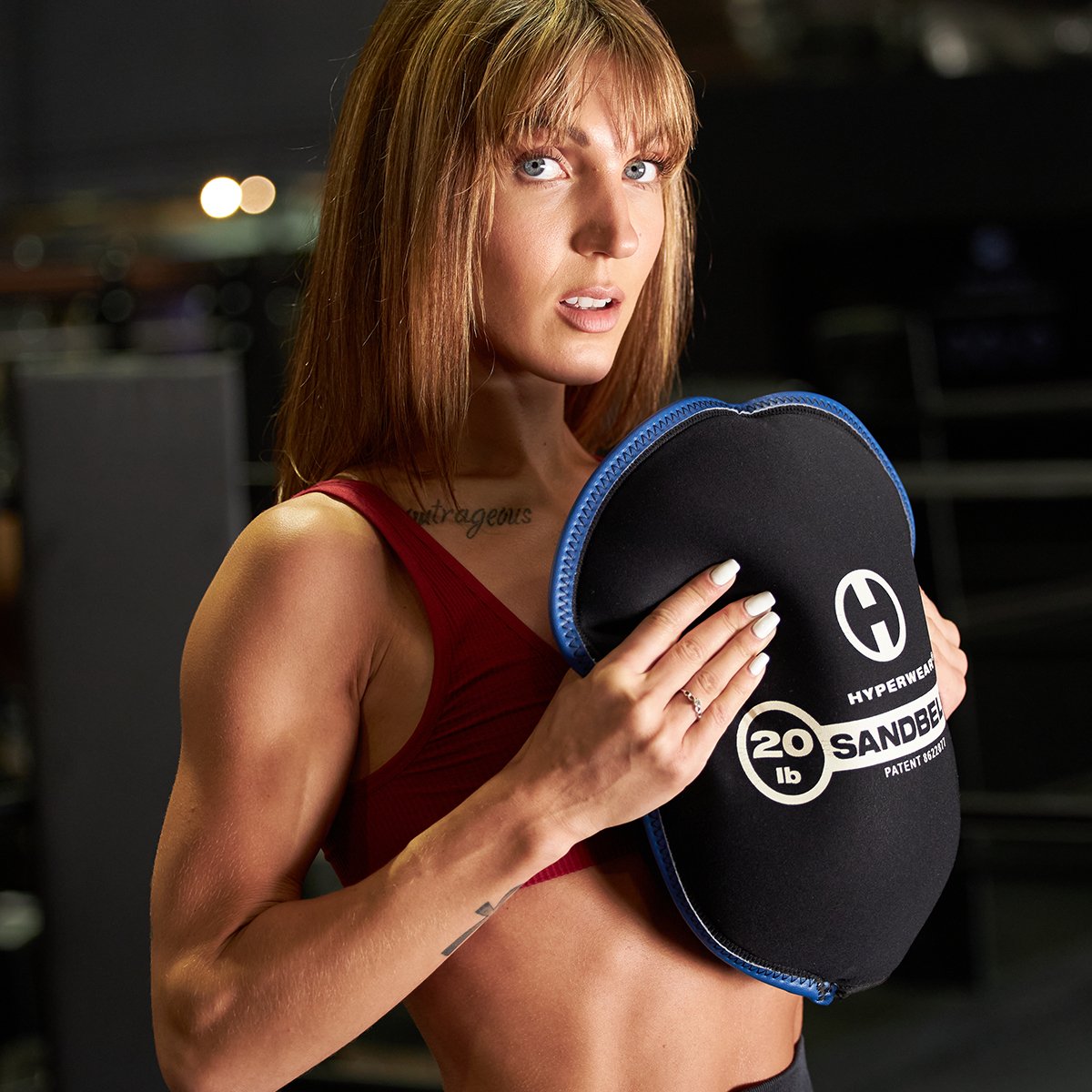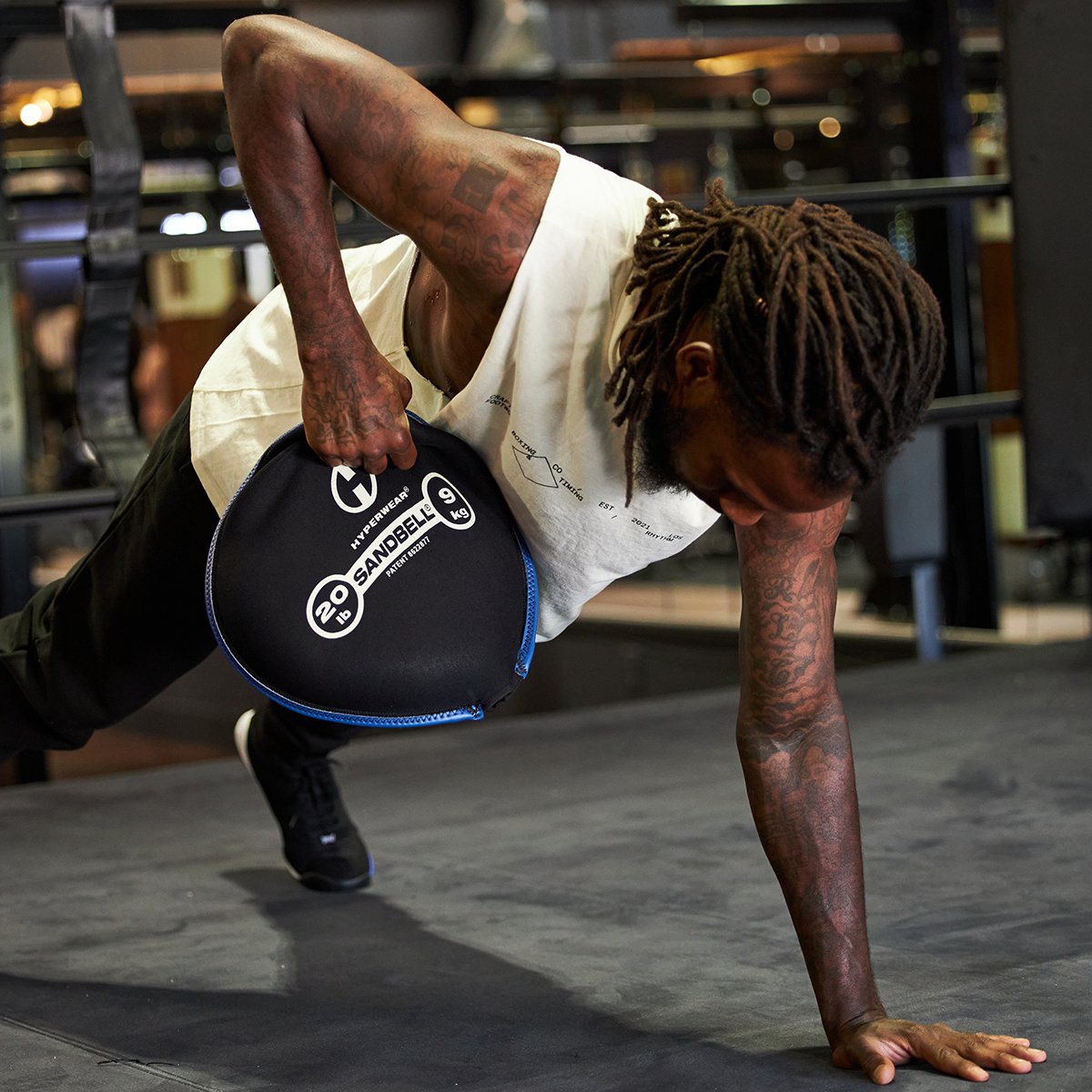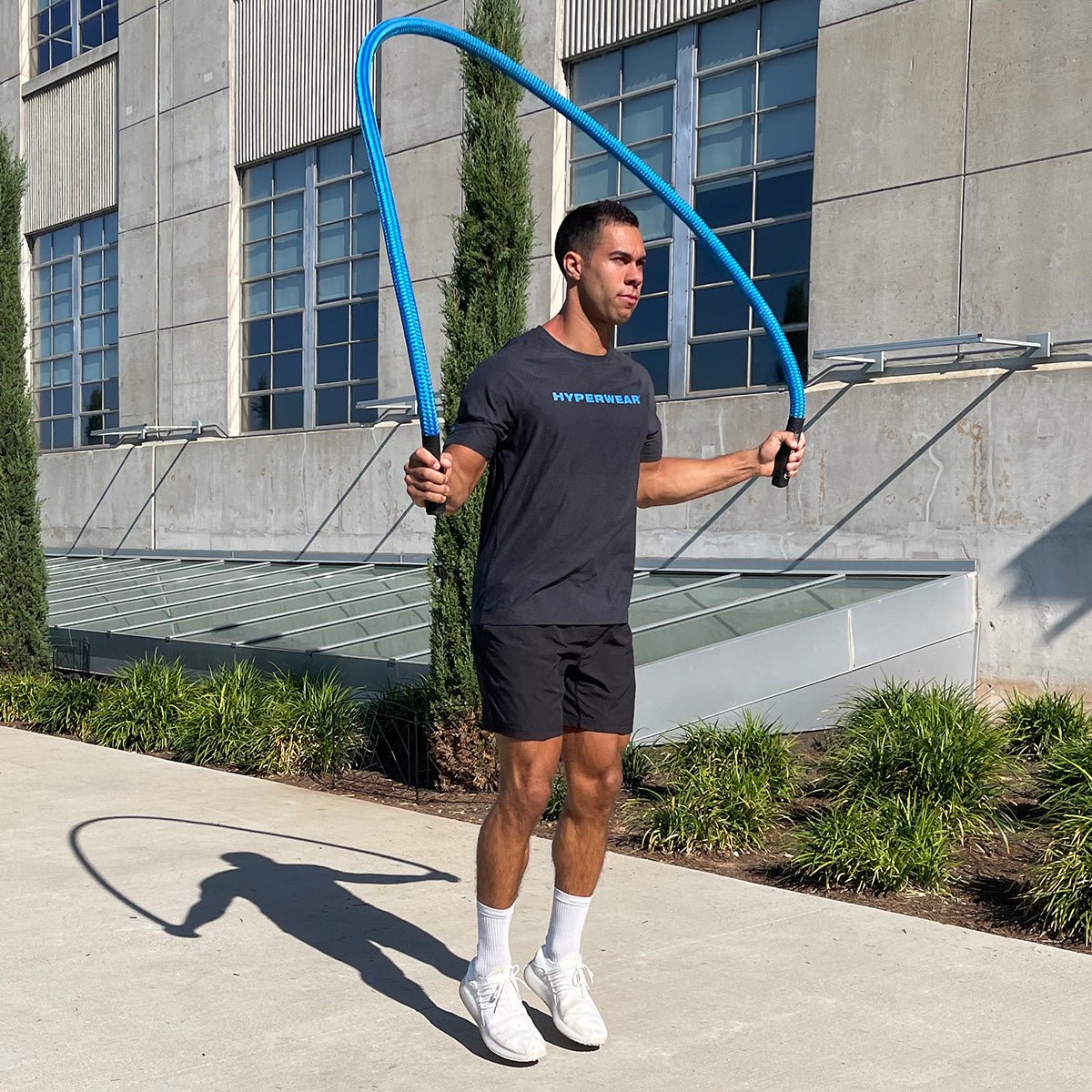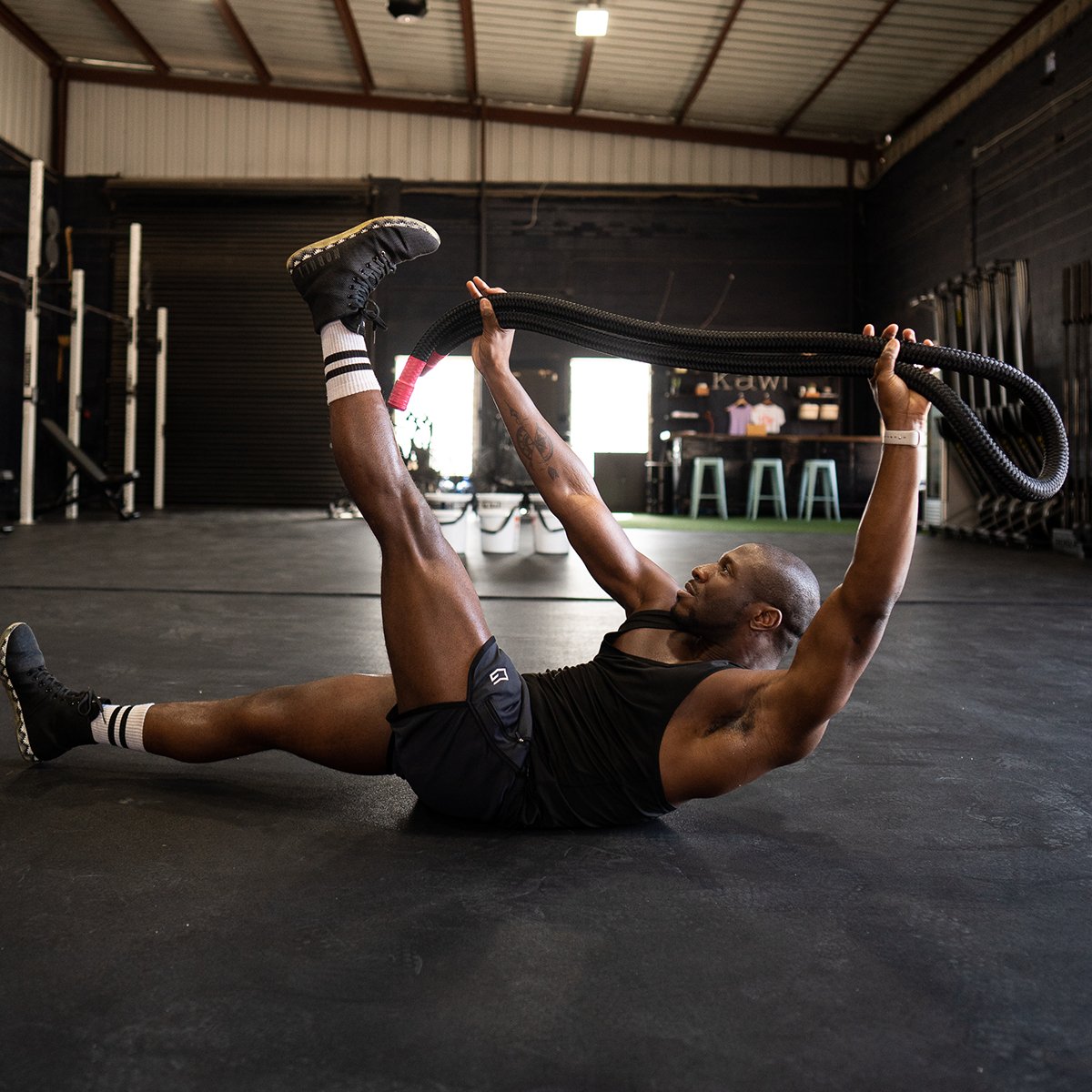What is Sandbag Training?
Sandbag training is a form of resistance training featuring a shifting load. Traditional tools such as a barbell have a fixed load, meaning that the weight’s center of mass will stay in one place. Due to the center of mass shifting in a SandBell, the muscles will be forced to adapt to new stimuli. In addition, Sandbag training will better prepare you for real-life tasks. Need to move your groceries? Train with a sandbag. Need to prepare for carrying your newborn? Train with a sandbag.
In this article, we will dive into the history of SandBag training, the benefits of using a SandBag in your workout routine, and other common questions regarding the Sandbag.
Sandbag Training: An Overview
Sandbag training has been around for many years. In fact, its earliest roots can be traced back to Indian wrestlers. Just before the start of the 1900s, Indian wrestlers began experimenting with the technique to better replicate movements for their sport. Strongman also used Sandbags in shows, as it would be very difficult for the average person to move due to inexperience.
Workout sandbags continued to be used after this time, especially by fighters. The product has taken many variations over the years, with some products featuring handles, others being pod shaped. The SandBell is one of the originators in this field, as it provided a way to use this training method without leaking sand everywhere. This was key, as now SandBag training didn’t just involve lifting movements, but could also feature explosive exercises
Top Sandbag Training Benefits
There are several sandbag training benefits - From the versatility of the tool to the body’s response to the new stimuli, Sandbag training can help you improve your functional performance, no matter your goal.
1. Versatility
A huge reason for purchasing a Sandbag is the wide array of movements that can be performed with it. You can use it to perform sandbag squats or for curls. For push press or lunges. With a sandbag, you can perform the same lifts you would with a barbell or dumbbell, in addition to many more. For example, a common sandbag exercise involves tossing the bag high into the air. This exercise builds explosive power, without putting stress on the joints by stopping the weight. This something you cannot do with iron weights, as they would break instantly.
2. Space-Saving
Sandbags are the perfect home training tool due to their small footprint. An entire stack of SandBells from Hyperwear can fit into the corner of a room, meaning that you can have a range from 2-70lbs all in one convenient spot. The small space needs of a sandbag make it the ideal tool for at home workouts. By utilizing multiple SandBells in a workout, a tiny apartment can effectively become a home gym.
3. Home Friendly
Traditional weights are great for loading the body, but terrible for your floors. No matter what type of weight plate you use, your floors will be scratched to pieces by a weight plate. SandBells however are made with a neoprene material, meaning that your floors are safe. You can drag them for prone exercises and even perform slams with them.
4. Portability
The Sandbag is one of the most portable tools out there. You can easily toss it in a backpack and carry it to any destination you wish. SandBells have been used outdoors in many different scenic locations, from mountains to beaches. Even a 50 pound SandBell can be used in an outdoor workout. This is why you see sandbags used at many fitness bootcamps.
5. Dynamic Stability
One of the biggest benefits of training with a sandbag is dynamic stability. Dynamic stability refers to the body’s ability to maintain rigidity despite outside forces interfering. The shifting load from a Sandbag imitates real world exercises in a way that a fixed load can’t. Just like your groceries move in the bag, so too will the sand. Training dynamic stability will help reduce injuries, as well as increase strength.
6. ADJUSTABLE SANDBAGS
The Sandbag System is the most adjustable and variable handled sandbag training weight. Available weights in 25, 40, 80 and 160 lbs options and including SandBell filler bags for adjustability. This training tool can be used for deadlifts, oblique side dips, bicep curls or as a lower back support for crunches for a deeper burn.
Sandbag Buying Guide: What To Look For?
When looking to purchase a Sandbag, there are many things to consider. Obviously finding one that fits your needs, such as the correct weight is important. But what about the uncommon things? What about what sandbag filler is used? Or the quality of the material?
When looking for SandBag filler, you should always look for a product that uses clean sand. Although leaking isn’t common, it can happen. Sand that has been properly cleaned can damage eyes. So be sure to find a product that uses clean sand.
Material is also important. The fabric needs to be flexible enough so that it doesn’t rip when doing intense exercises, but soft enough that it's easy to use for other exercises. A neoprene SandBell is the best way to go, as the bag feels soft in your hands but will still challenge your grip strength. This means that you can use them even if you have your nails done.
Homemade Sandbags vs. Weight Training Specific Sandbags
Quarantine had a massive effect on the fitness industry. Supply shortages were common, causing many people to do DIY home gym equipment. One of the many DIY projects were homemade sandbags. This has led to the question of should you buy a sandbag that is made specifically for sandbag training, or should you make one yourself?
There are several problems with making sandbags at home. The most obvious being finding something to put the sand in that won’t break down over time. Many DIY projects recommend filling a gym bag with sand and then using that. However, after about two minutes of trying one I had more sand on the ground than in the gym bag. Even worse, I tried to do an overhead lift and had a bunch of sand get in my eyes. So although I thought I would save money with this method, it was evident that I needed something higher quality than my gym bag.
Weight training specific Sandbags, such as the SandBell, have solved this problem. Not only is the sand clean, meaning it will put less stress on the bag, it doesn’t leak. I used a professional grade one for an hour straight and never once had a leaking issue. In addition, I was able to control the equipment better, as the bell's weight was more predictable. It stimulated the training effect I was after, without risking injury.
Between the reduced injury risk and clean up time, it is definitely worth investing in a professional quality SandBell.
How Much Weight Should I Use for Sandbag Training?
A common question for anyone who is looking into using a Sandbag for the first time is how heavy should I go? A 20lb Sandbag will feel much different than a 20lb dumbbell for example. No matter your experience level, there is a SandBell out there for you!
If you are a beginner, a lighter weight is a great starting point. We recommend a 15lb SandBell, as it can be used for many movements. The heavier the SandBell, the less freedom of movement you will have. For example, I can do a one arm press with a 15lb option with control. However, a 40lb would be difficult. Be sure to consider the wide array of movements you want to perform.
For the more experienced athlete, a wider array of SandBells should be considered. Light sandbells work well for speed and agility movements. You will often see professional quarterbacks warming up with a 4-6lb Sandbell. At the same time, they also have a need for heavier load. For this reason, it is recommended that experienced athletes/workout enthusiasts get 3 different sizes. One small (6lb), one medium (15lb-25lb) and one heavy (40lbs and up). This will allow you to perform a multitude of movements based on your desired goal.
For those looking for a comparison between sandbag weights and Dumbell weights, understand that you won’t be able to lift as much weight in Sand as you can with iron. For example, if you can lift 100lbs on deadlift, you will need a lighter sandbell to perform the task. Although it is the same weight, 100lbs of Sand will be harder to lift due to its shifting nature. For this reason, we usually recommend buying a few different sizes, starting with a lighter weight to begin with and then a heavier one once you get used to it. A perfect option for this is Hyperwear’s SoftBell system as you can adjust weight plates quickly. This allows for the perfect amount of resistance for your given workout!
Sandbag Training For Strength
- Sandbags are one of the best tools on the market for strength. When thinking of strength, sandbags train what we like to call “farmer strong.” This statement refers to the guys you know who have never touched a barbell but can lift an entire couch by themselves. The person you call to help you move your furniture. Sandbags train fascial lines, as well as the muscular system. This makes it the perfect bang for your buck equipment piece. Hyperwear offers several products that fit this need, including the SandBell, SandBell Pro and SoftBell line.
Sandbag Training For Conditioning
- In addition to being great for strength training, high level athletes will use sandbags for conditioning as well. Whether it be heavy or light, a sandbag provides overload that can be safely thrown around. This means it is great for a lineman trying to increase his blocking power, or even a receiver trying to improve his grip. By lifting the sandbag quickly, you can increase power output and improve your anaerobic conditioning. The best products for this would be the SandBell and SandBell Pro.
How Often Should You Do Sandbag Workouts?
Workout sandbags are great for every strength training session. You can use the equipment for your own workout, or supplement it with your usual routine. SandBell only workouts can be done 3-5 days a week! If you want to just add a few sandbell moves here and there, you can use it in every workout! With the SandBell’s ease of use and portability, you won’t find a more versatile tool on the market. Get yours today!
